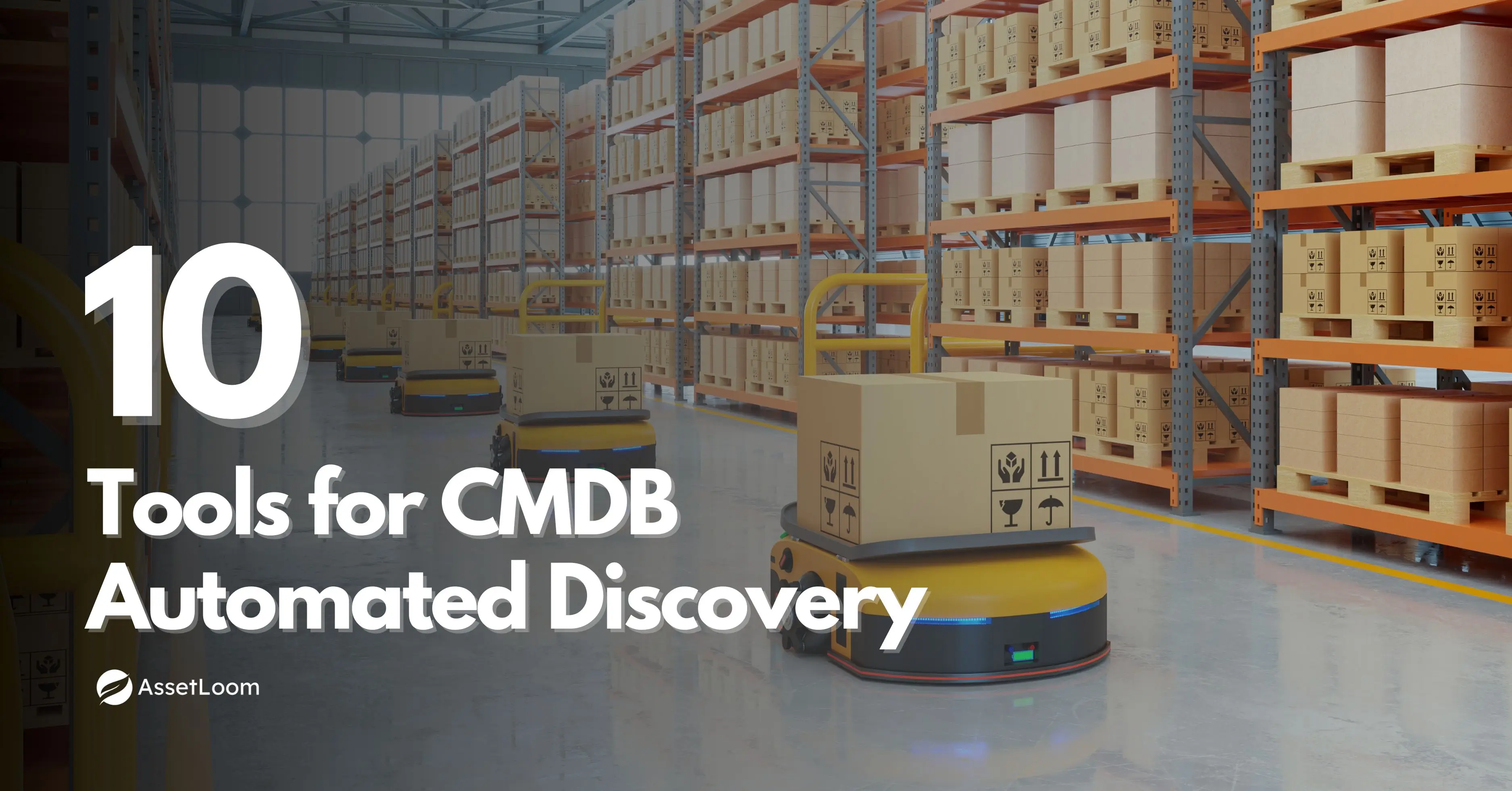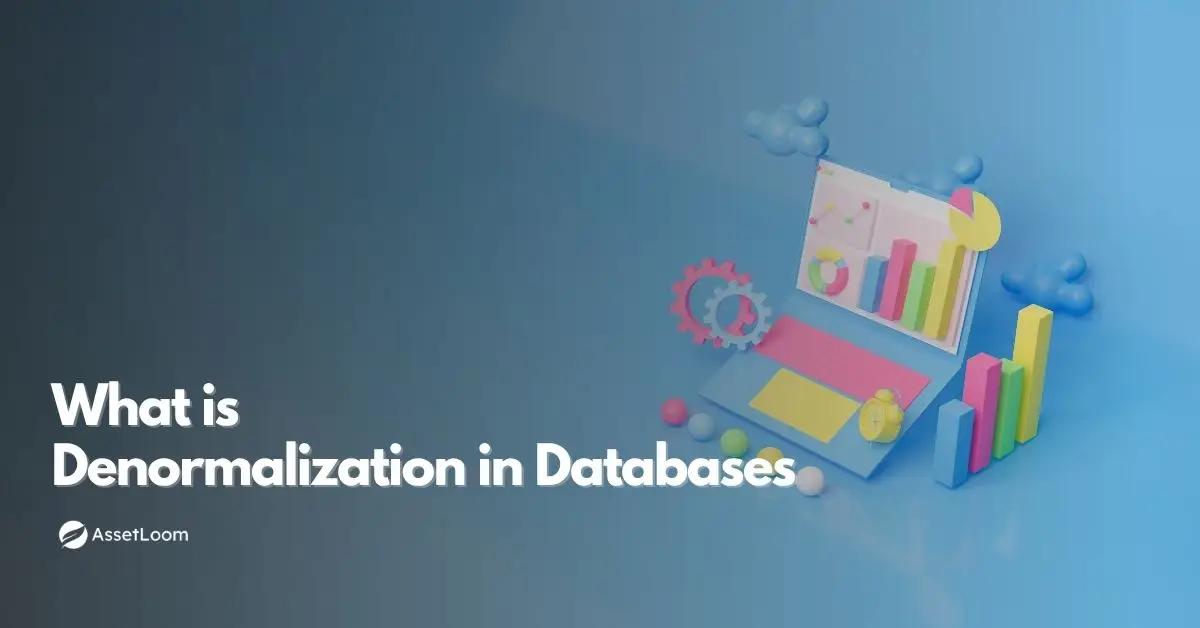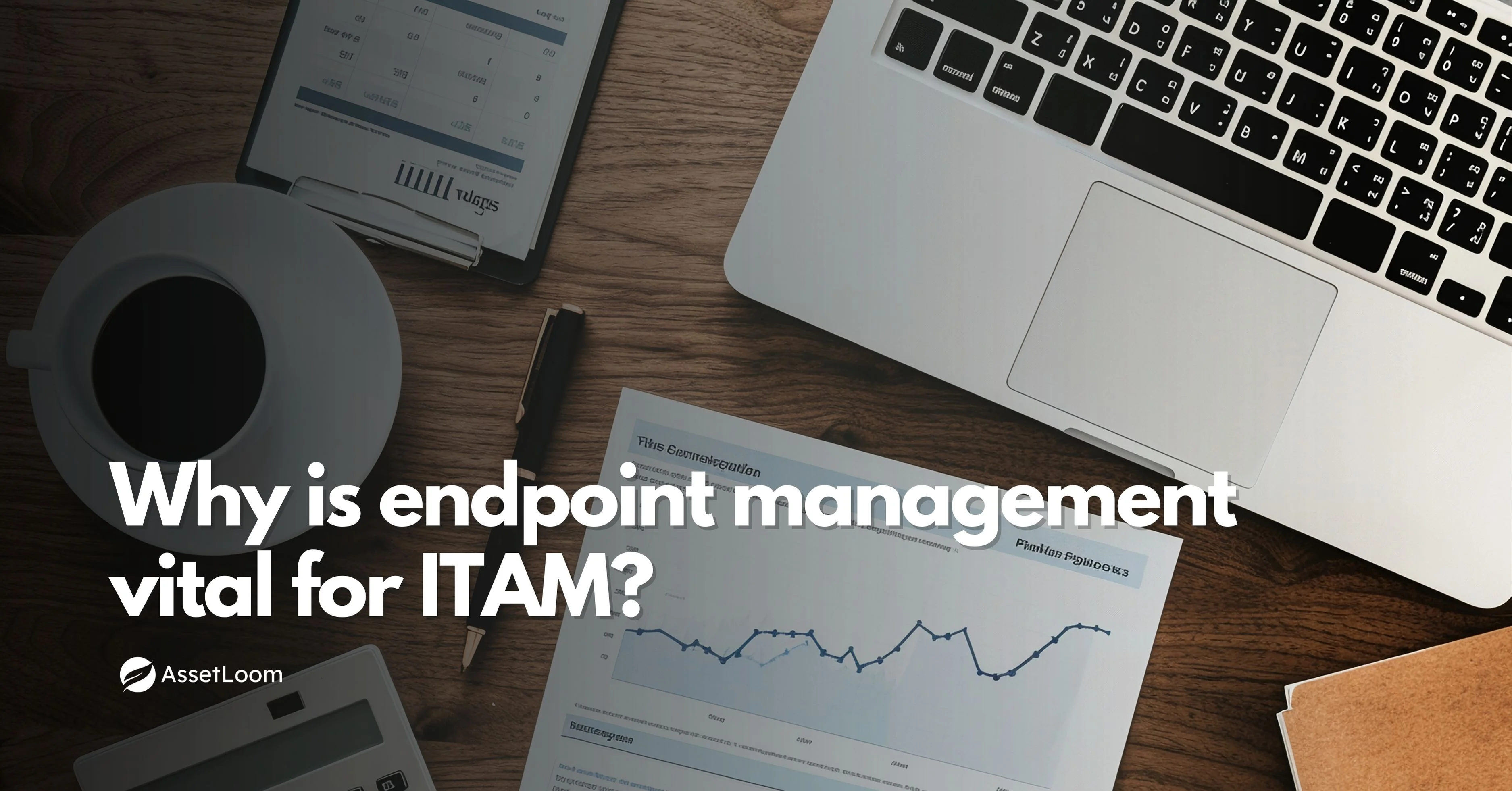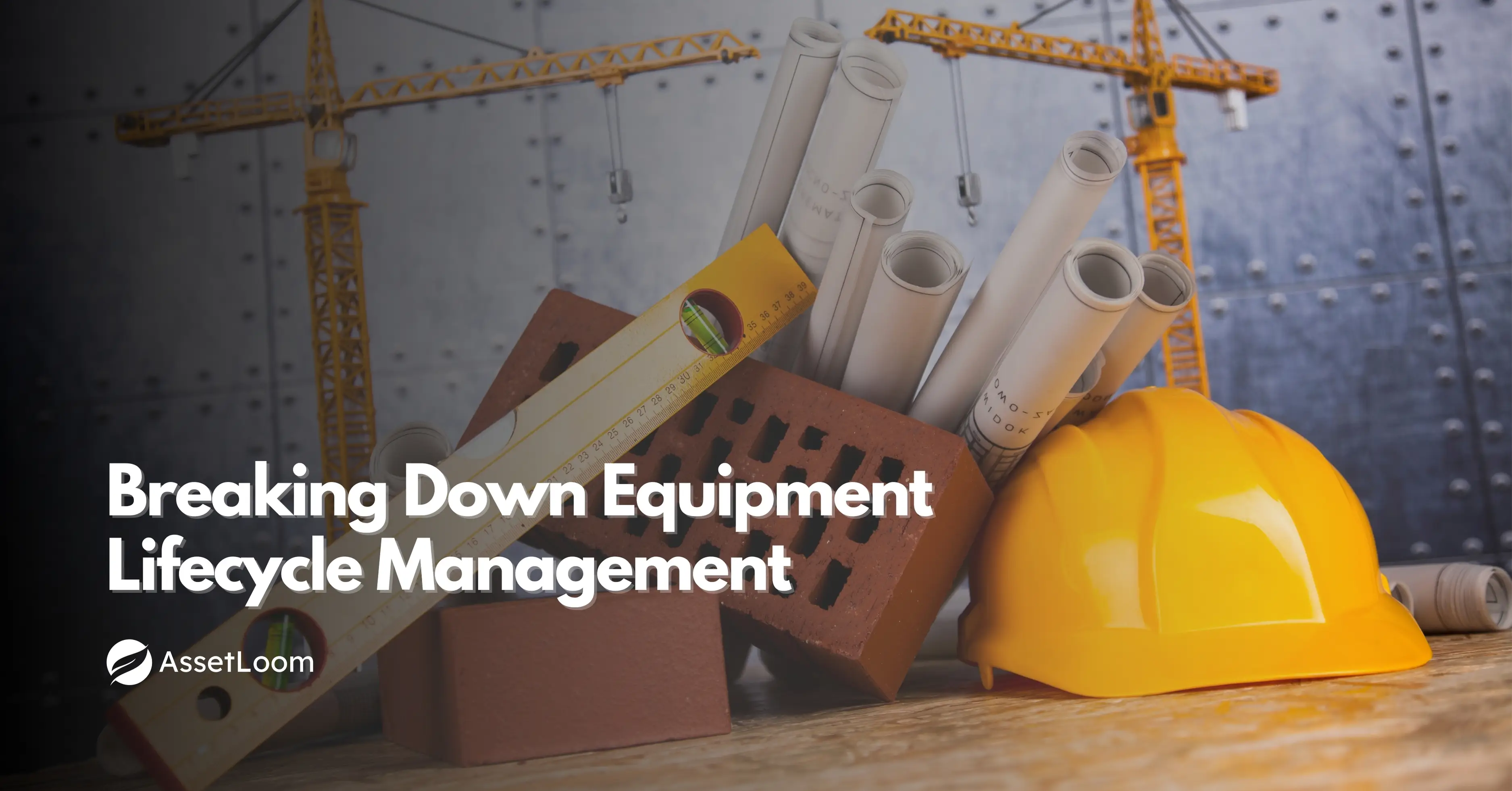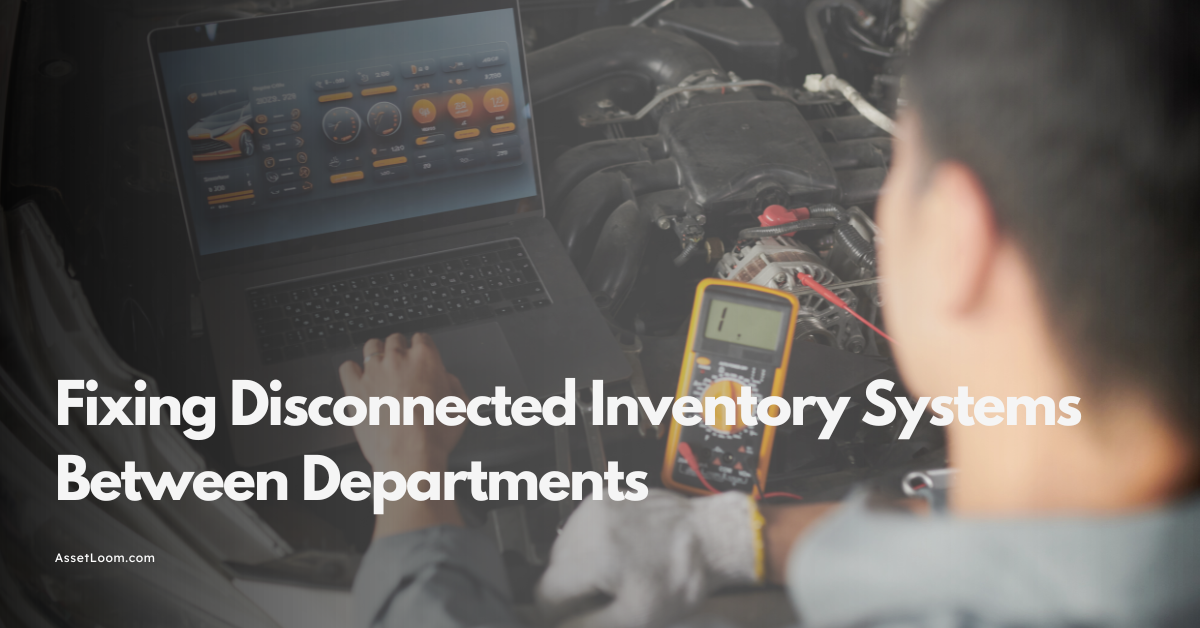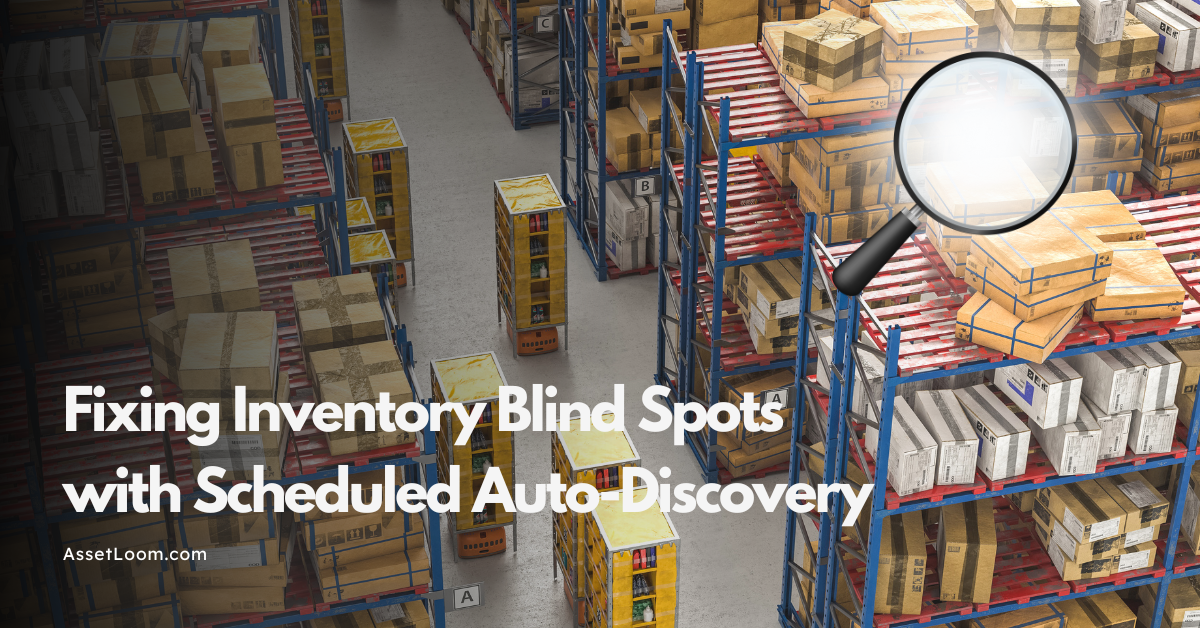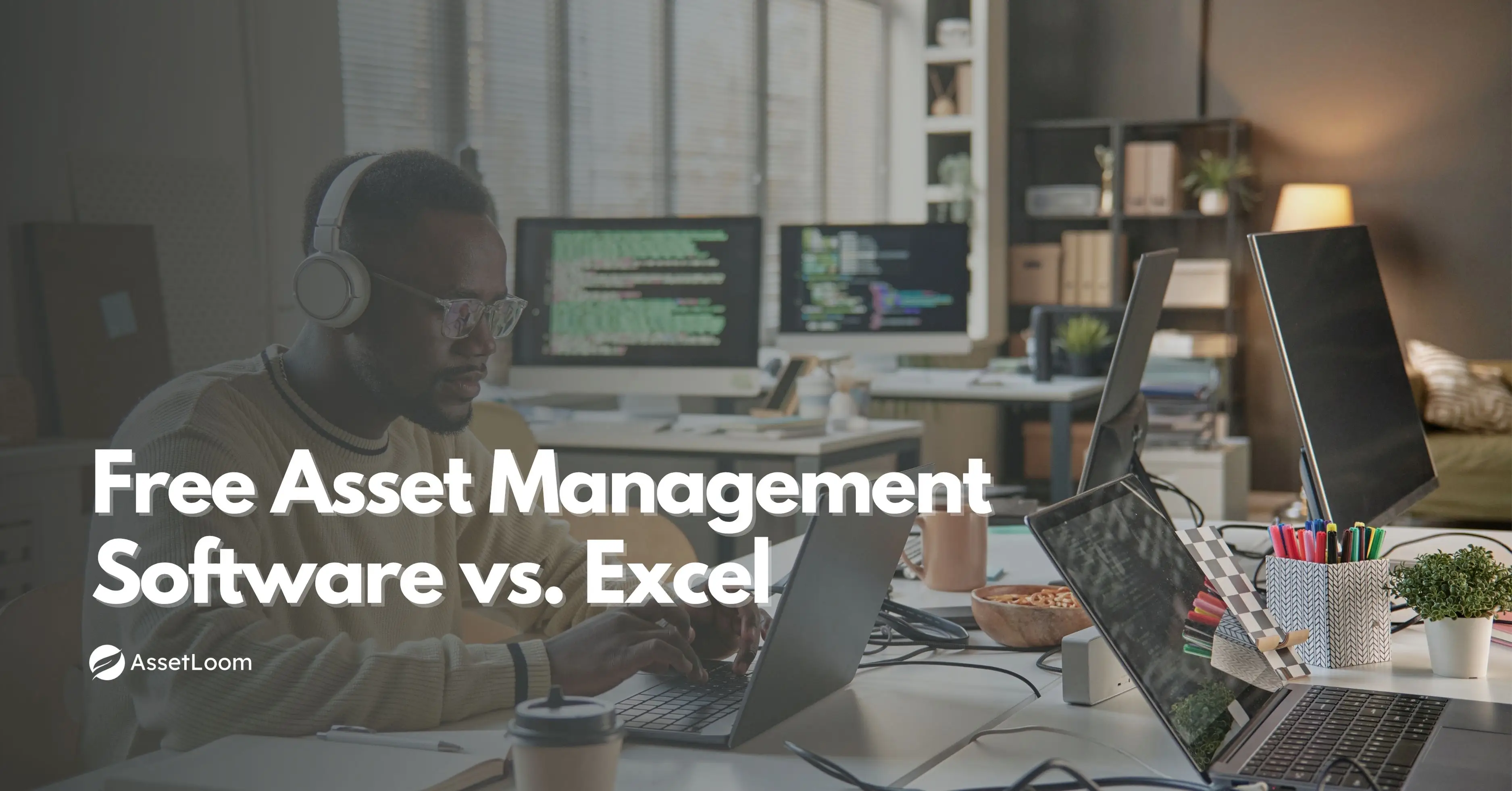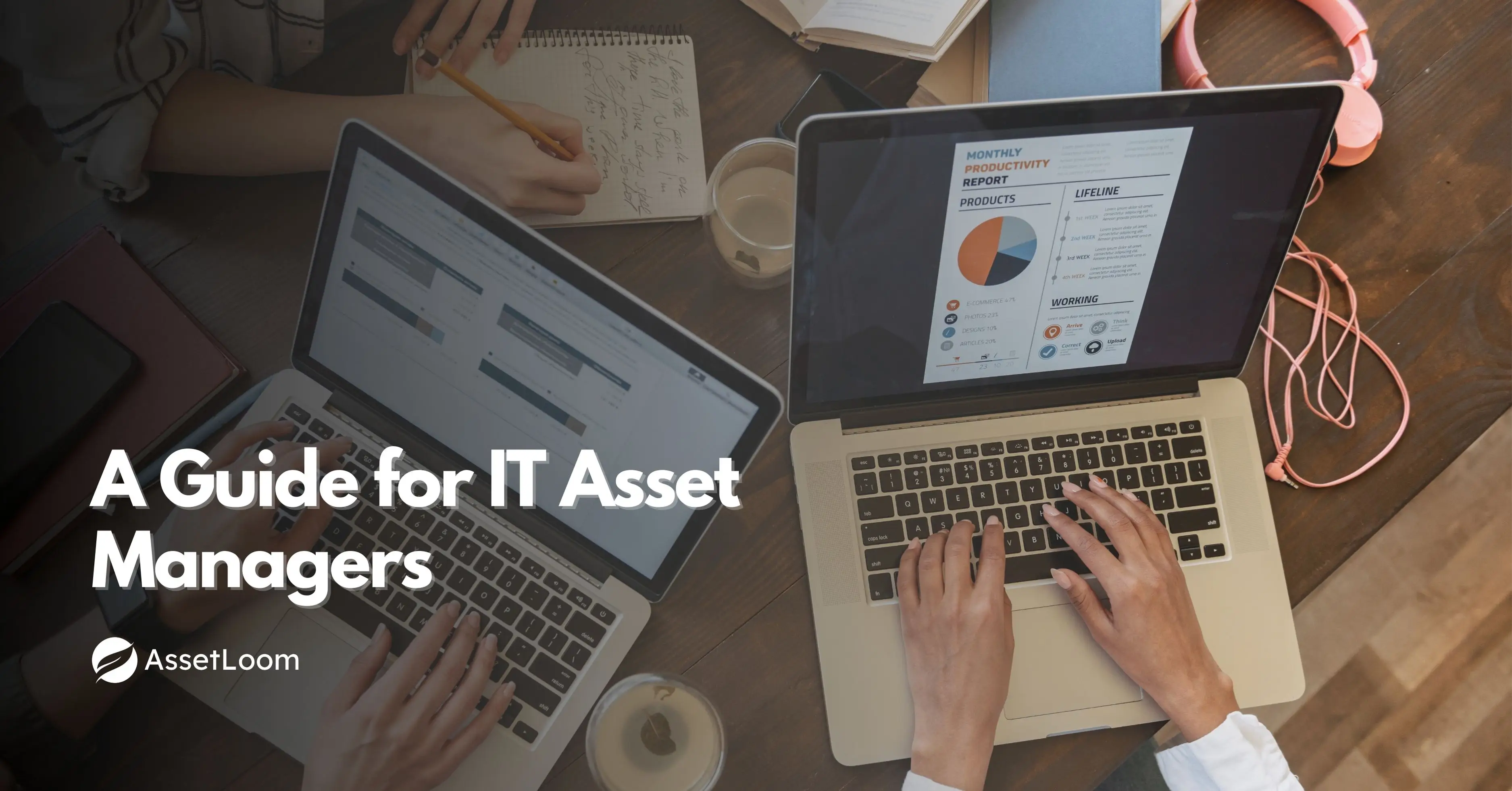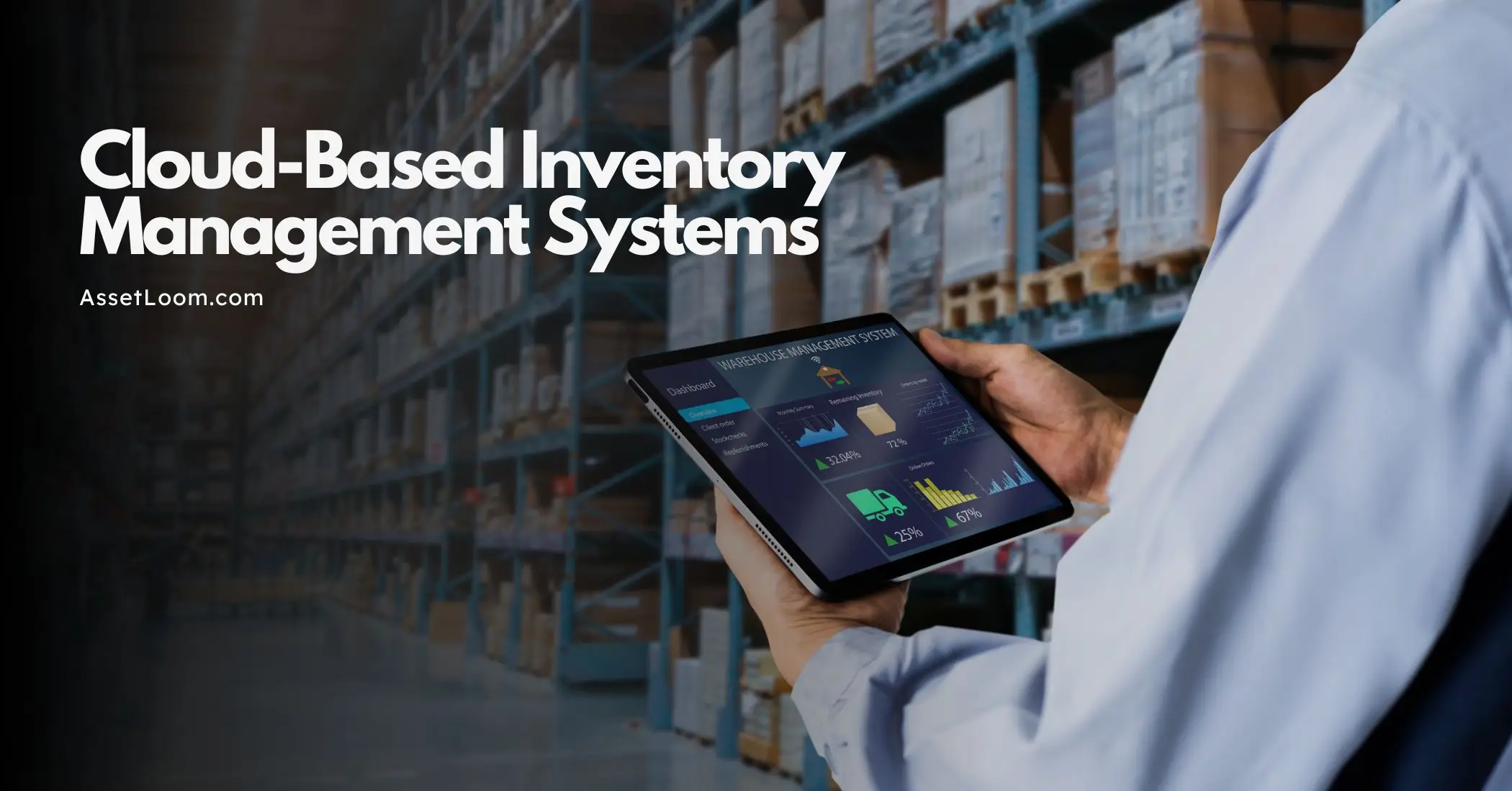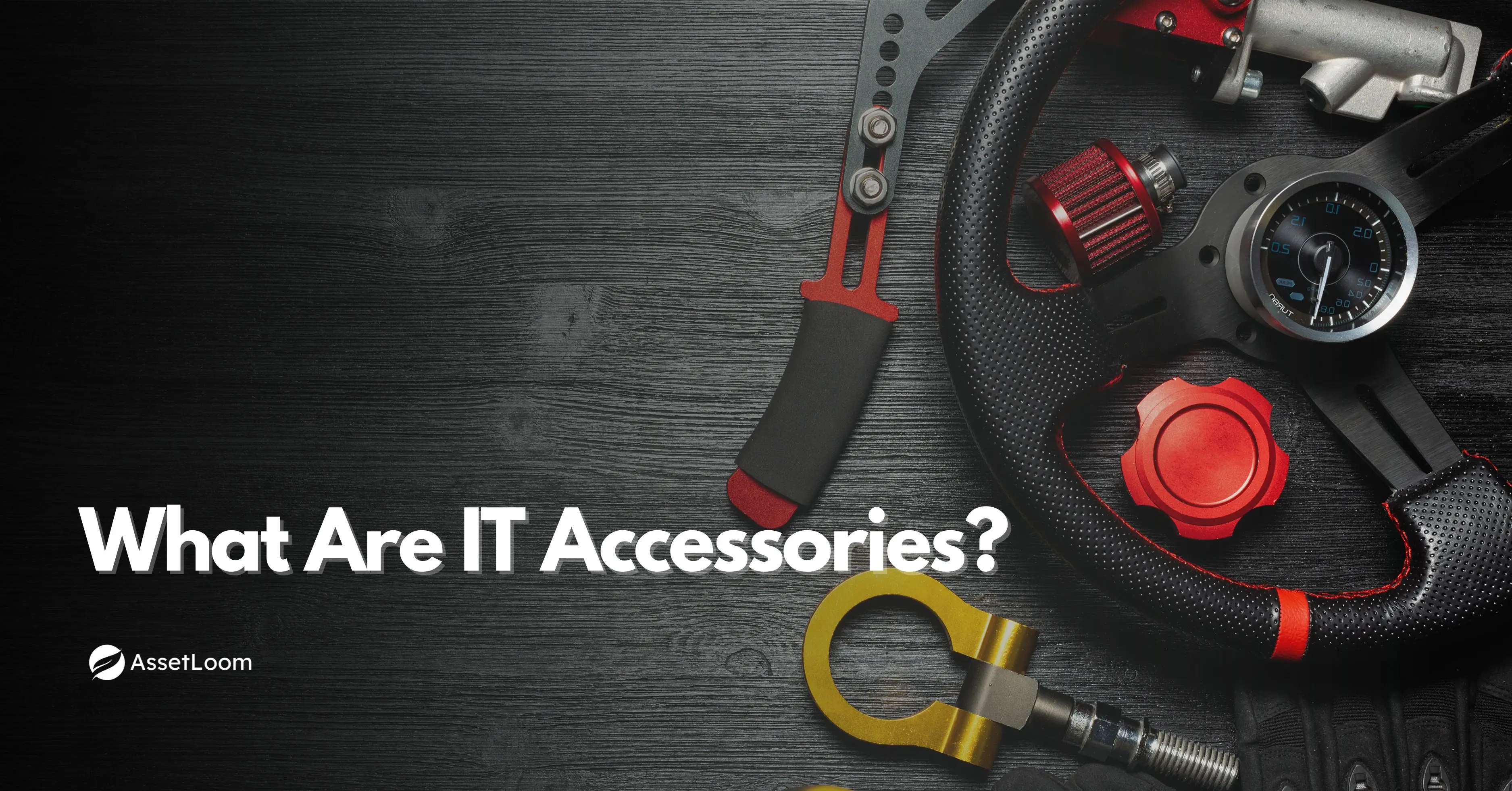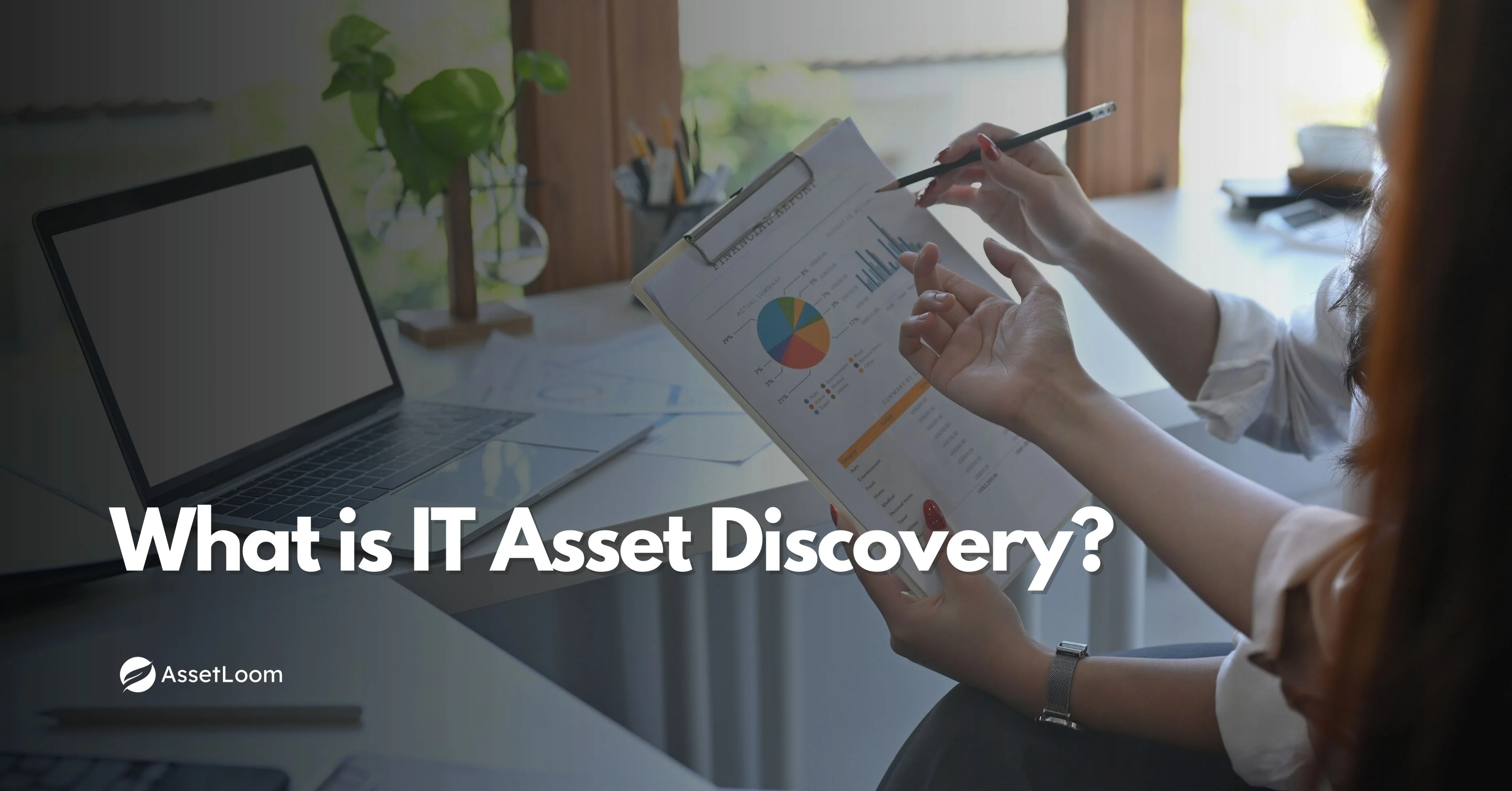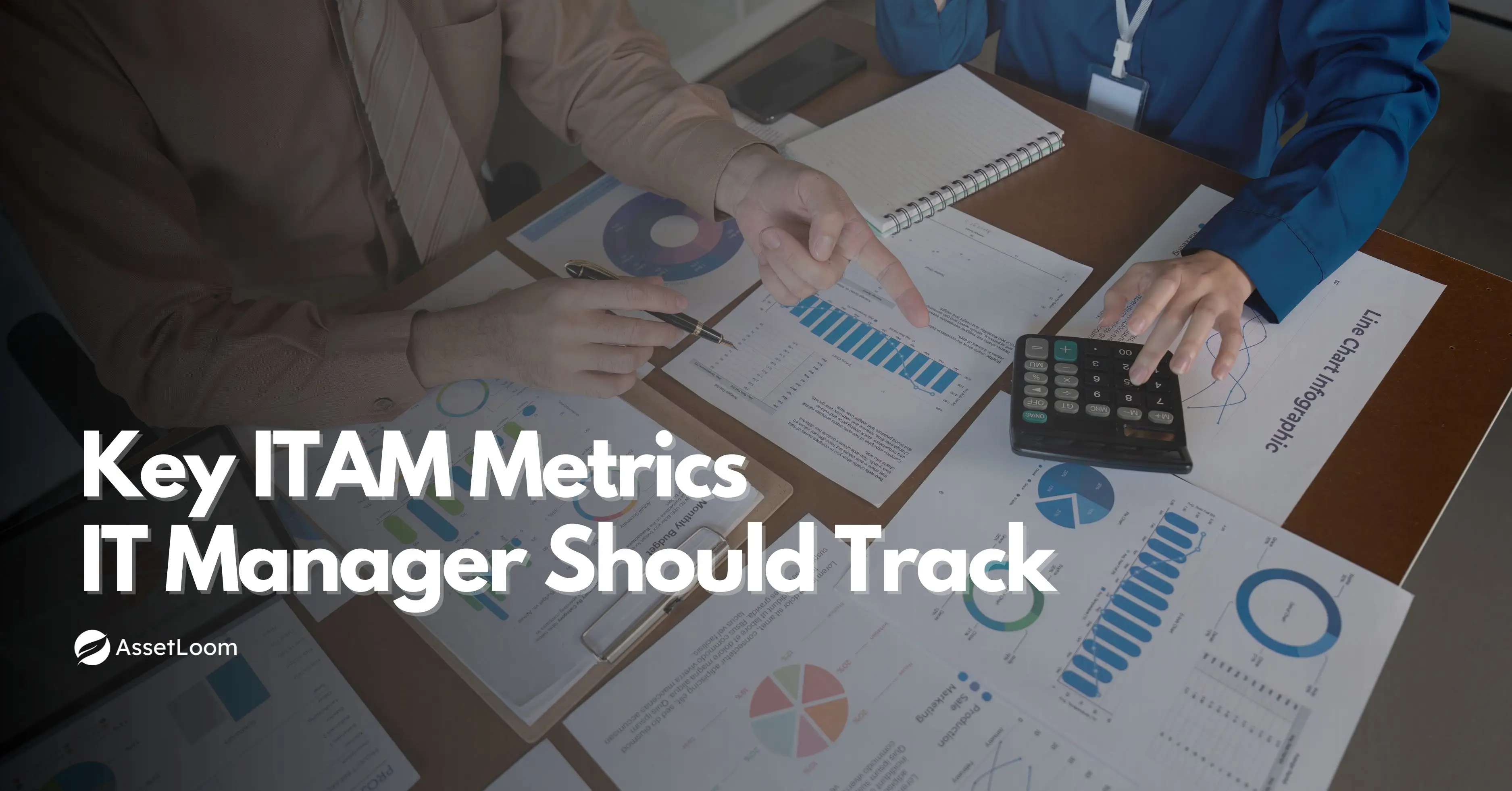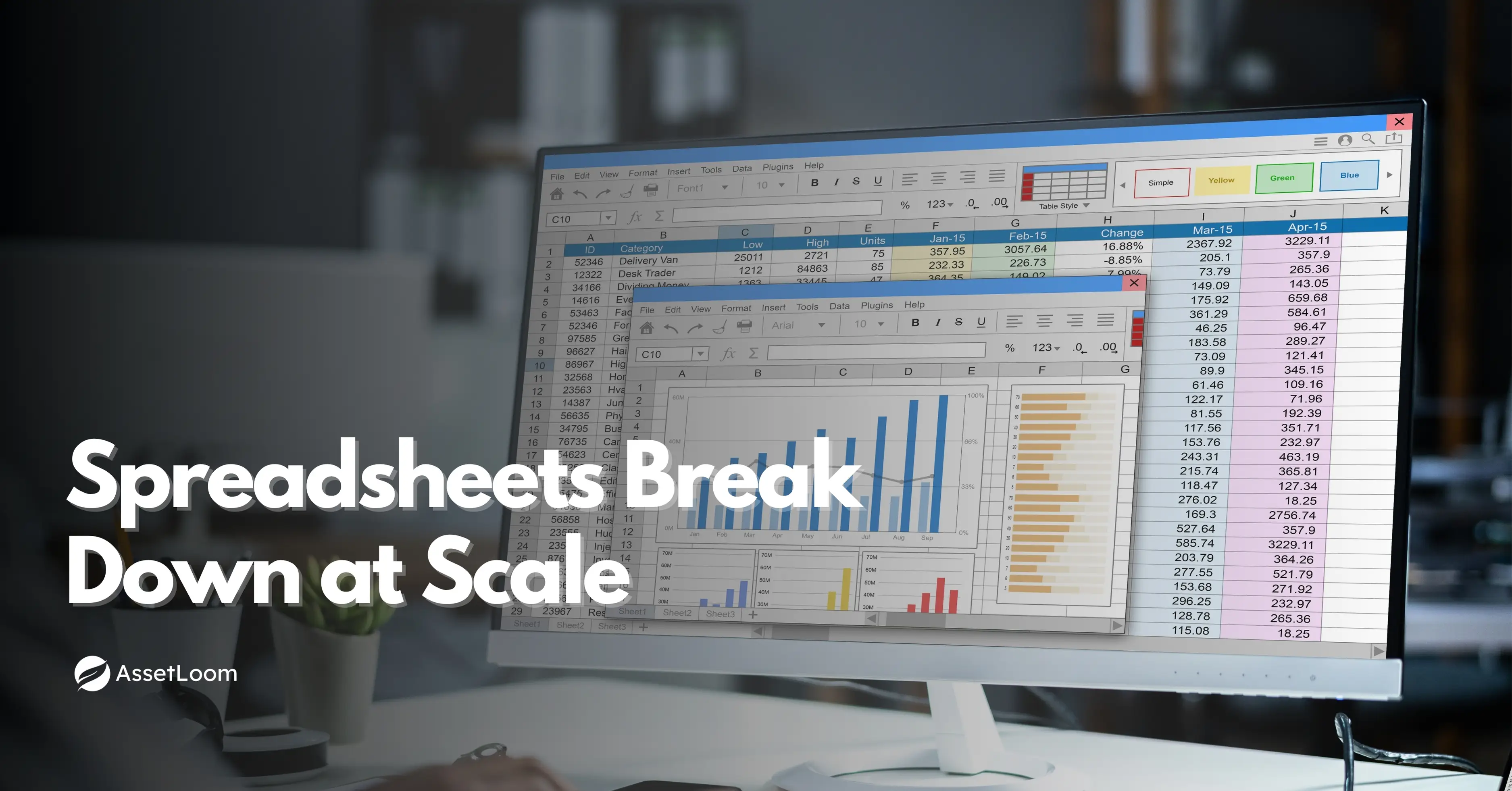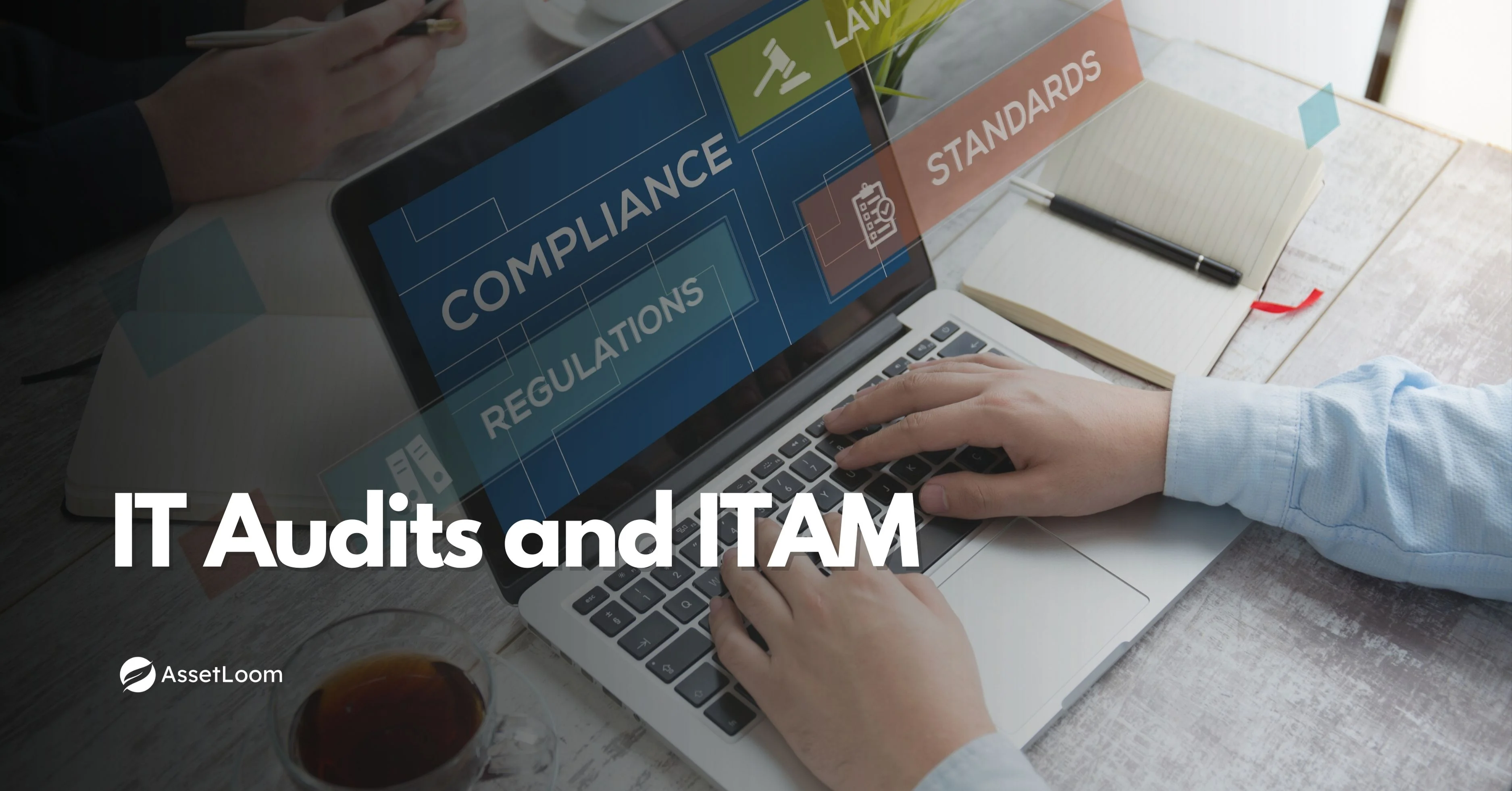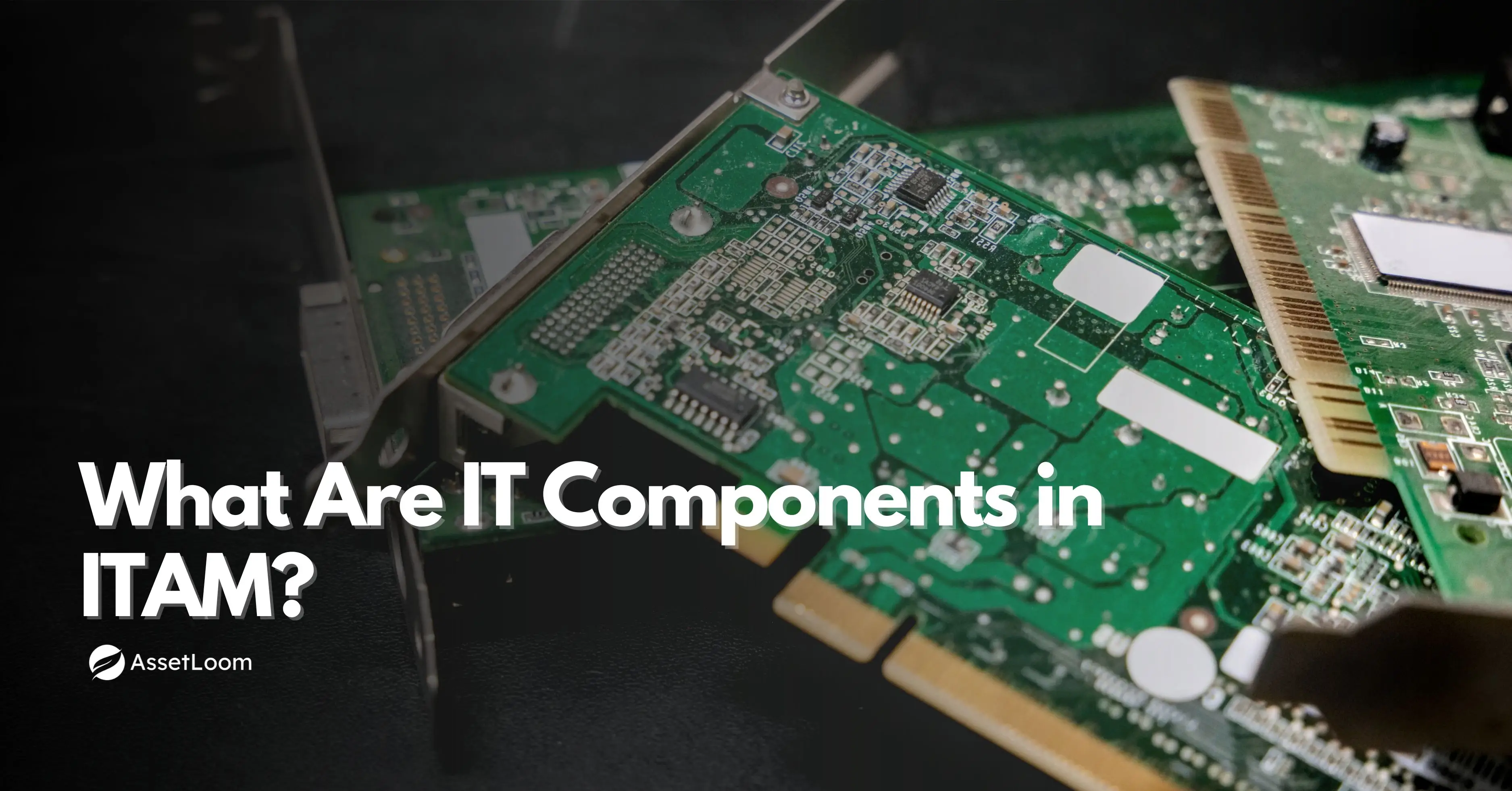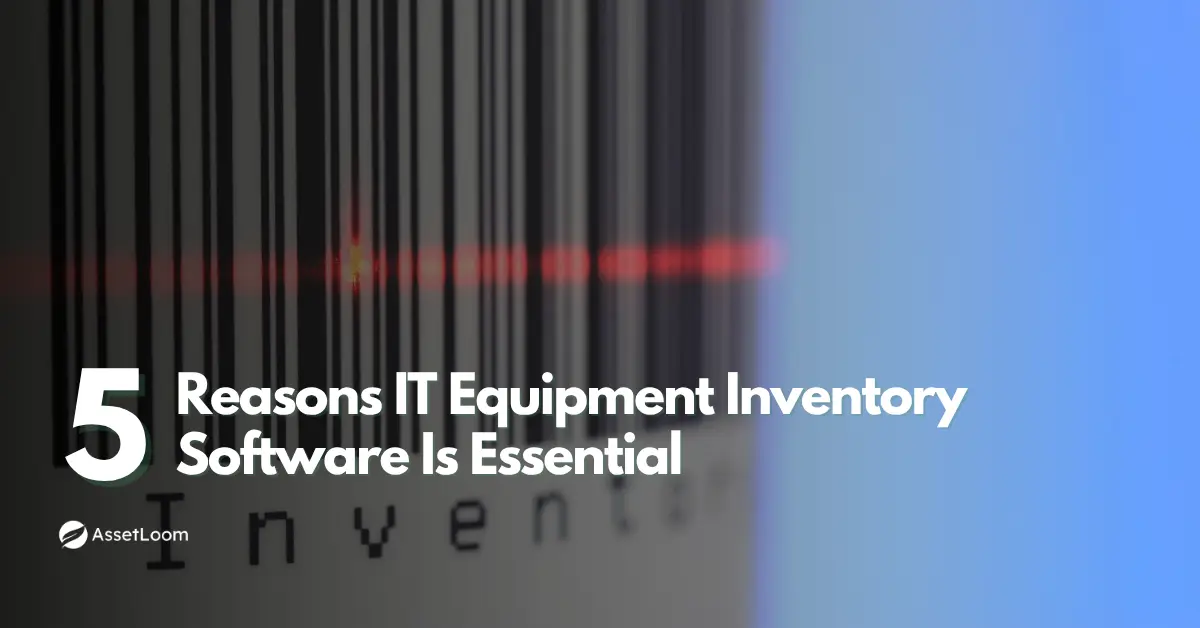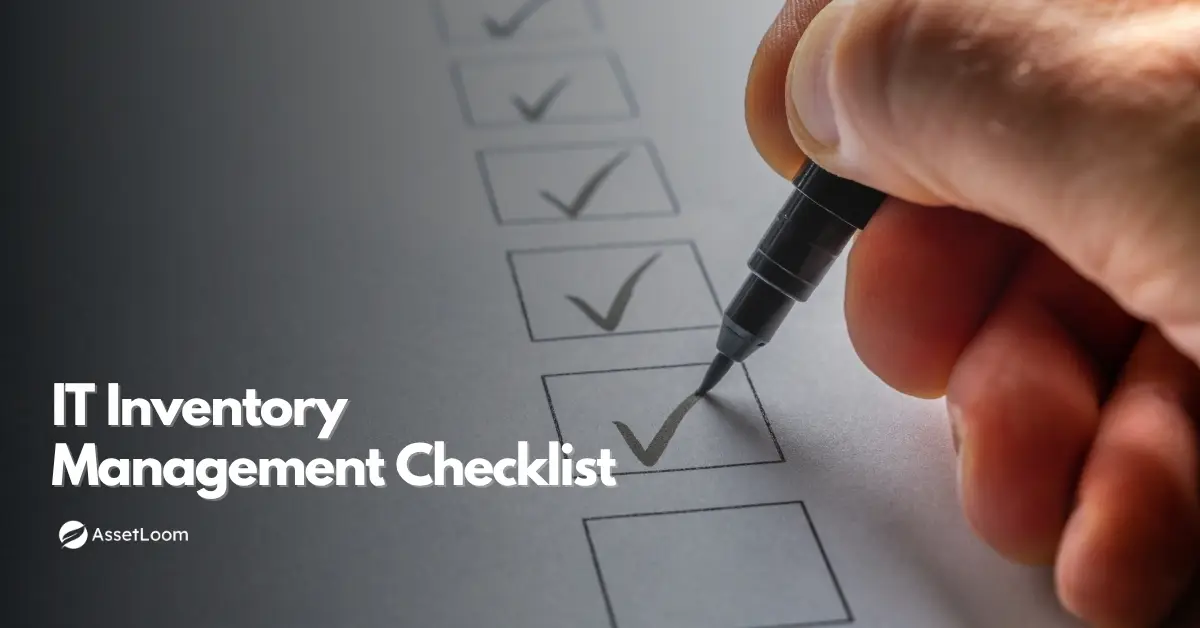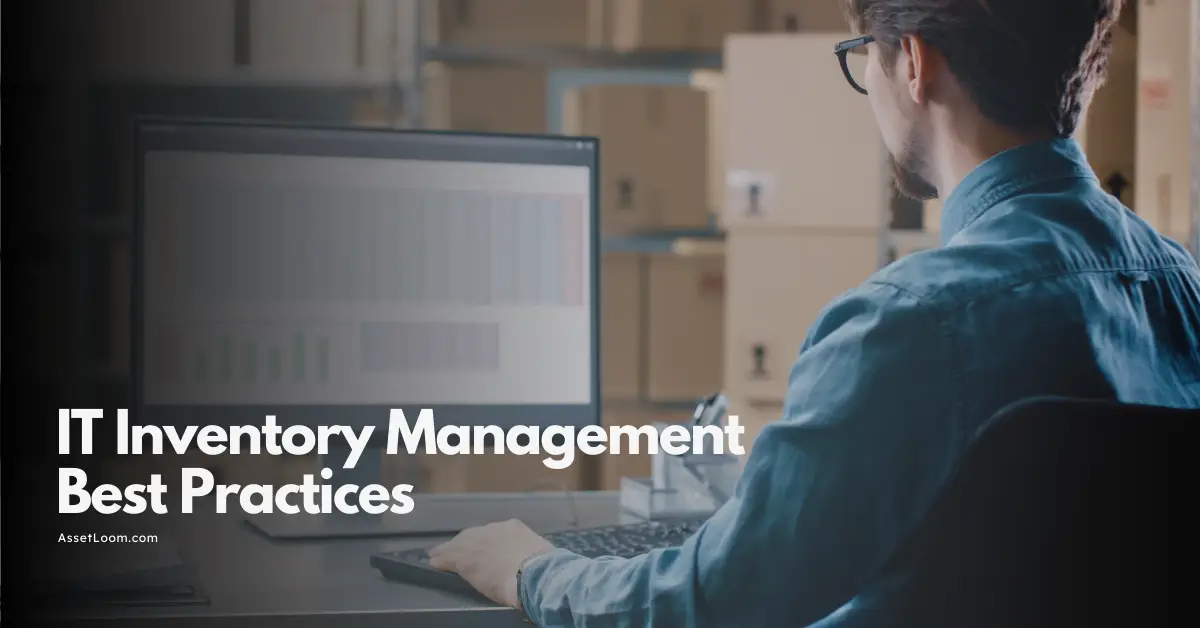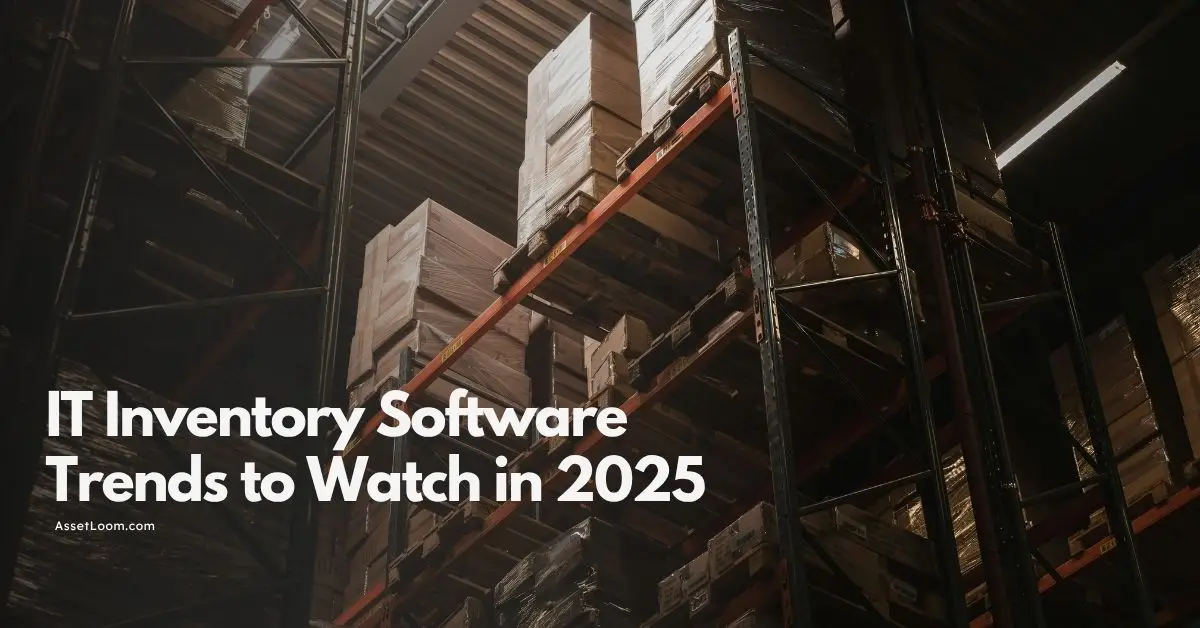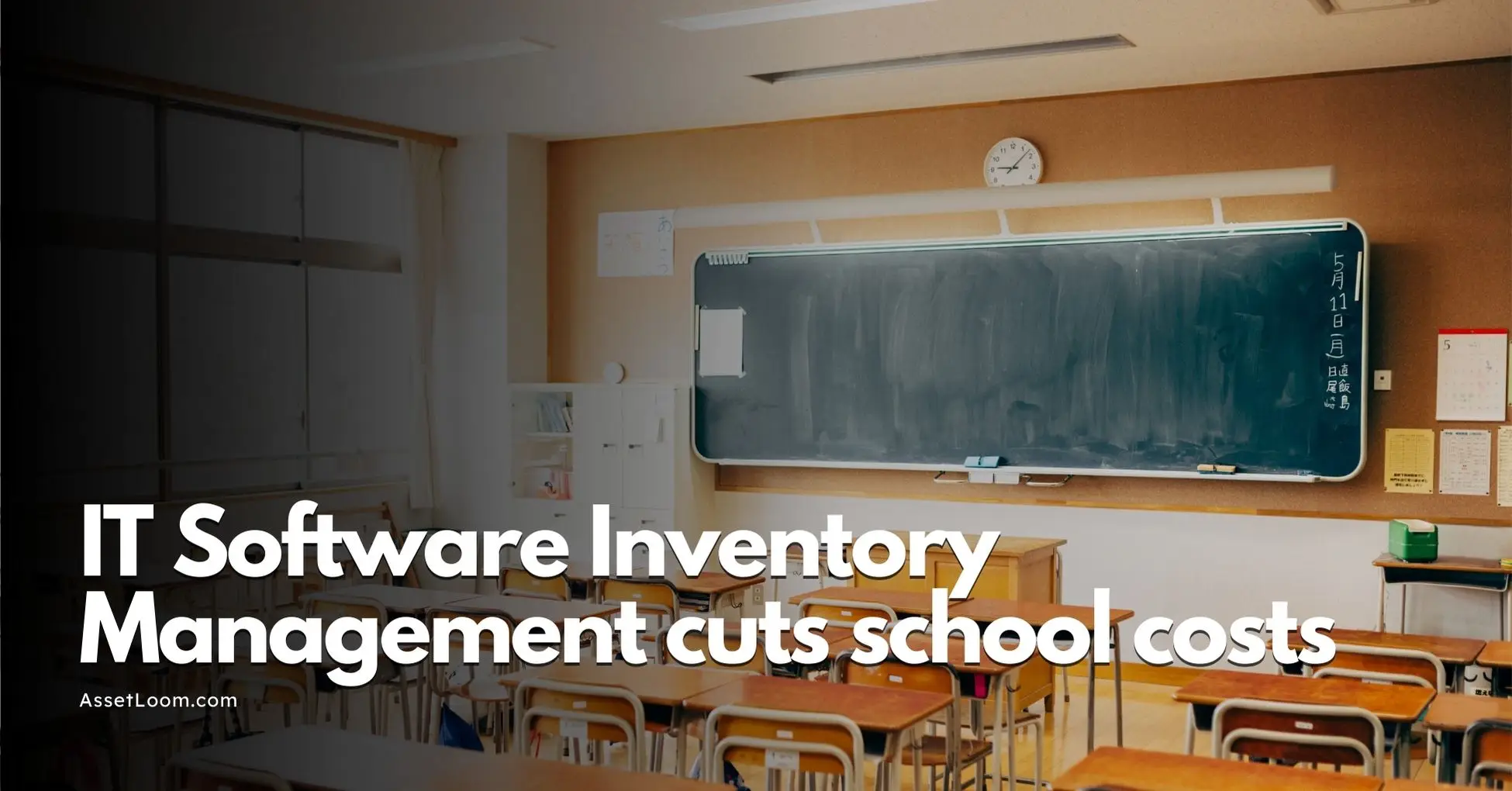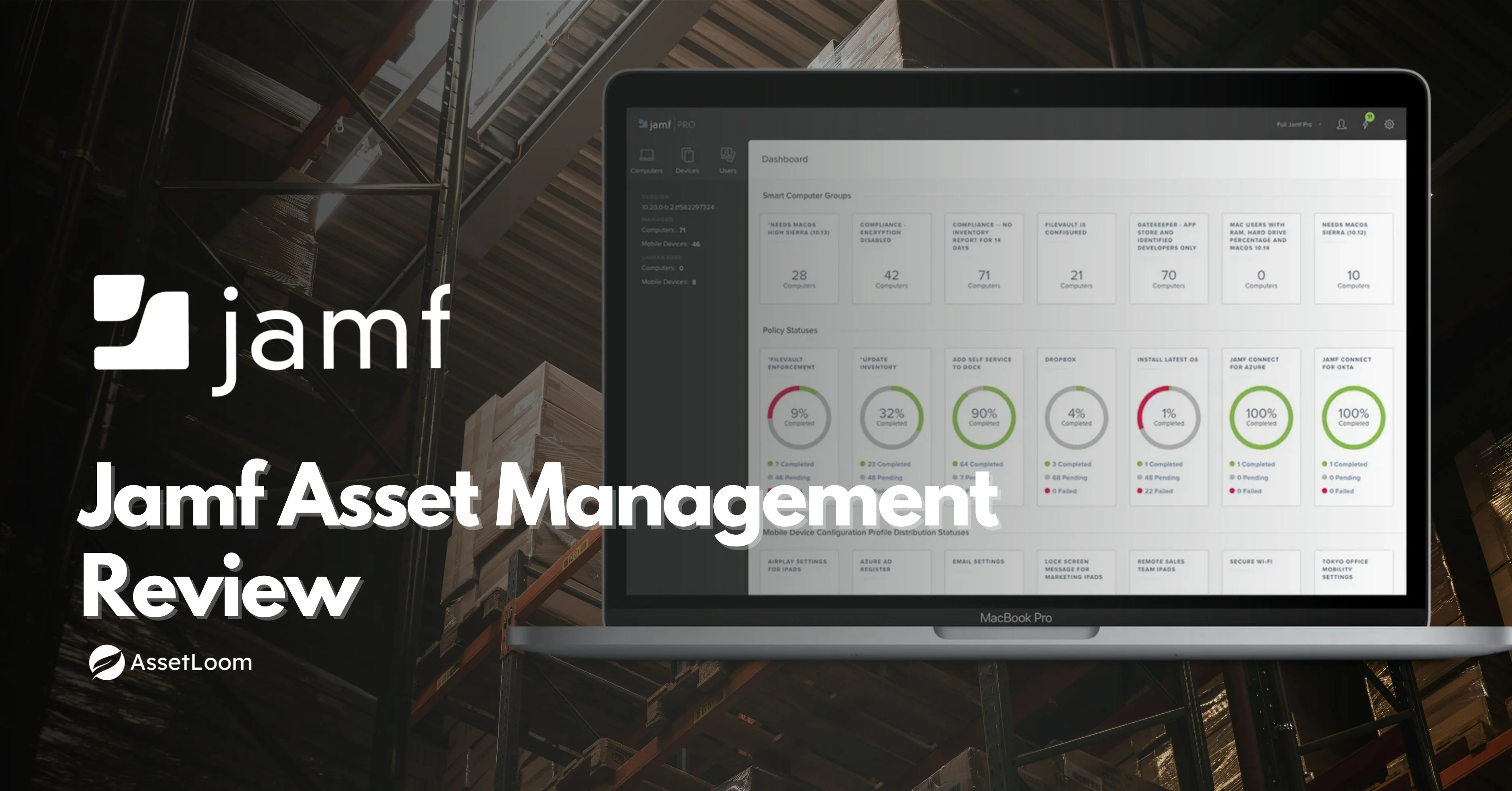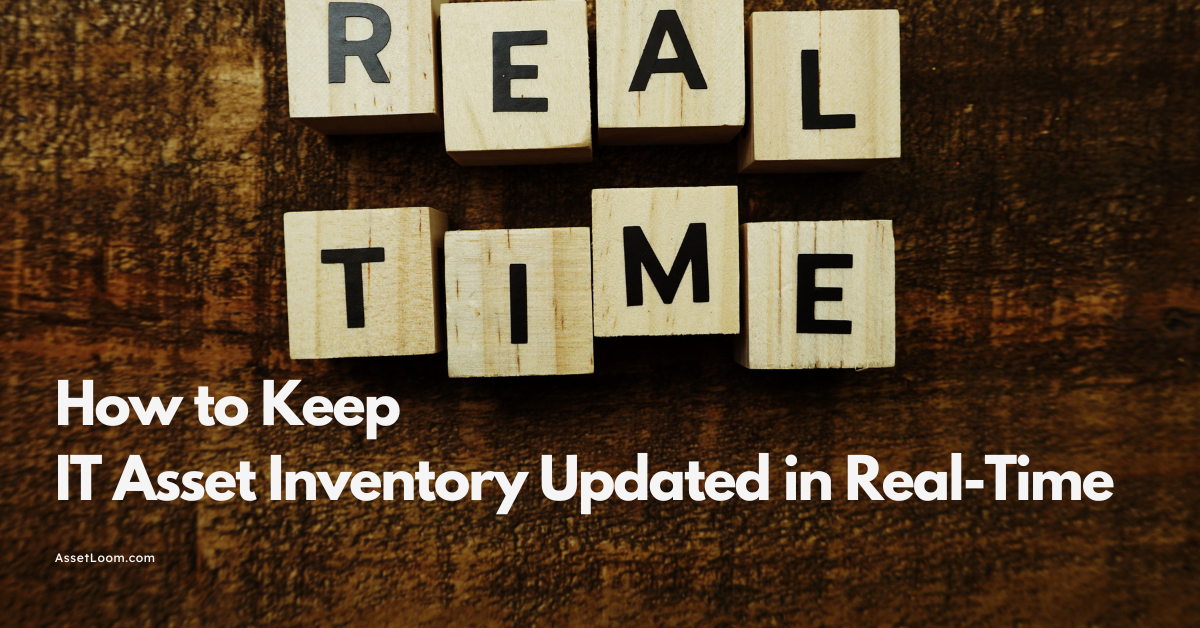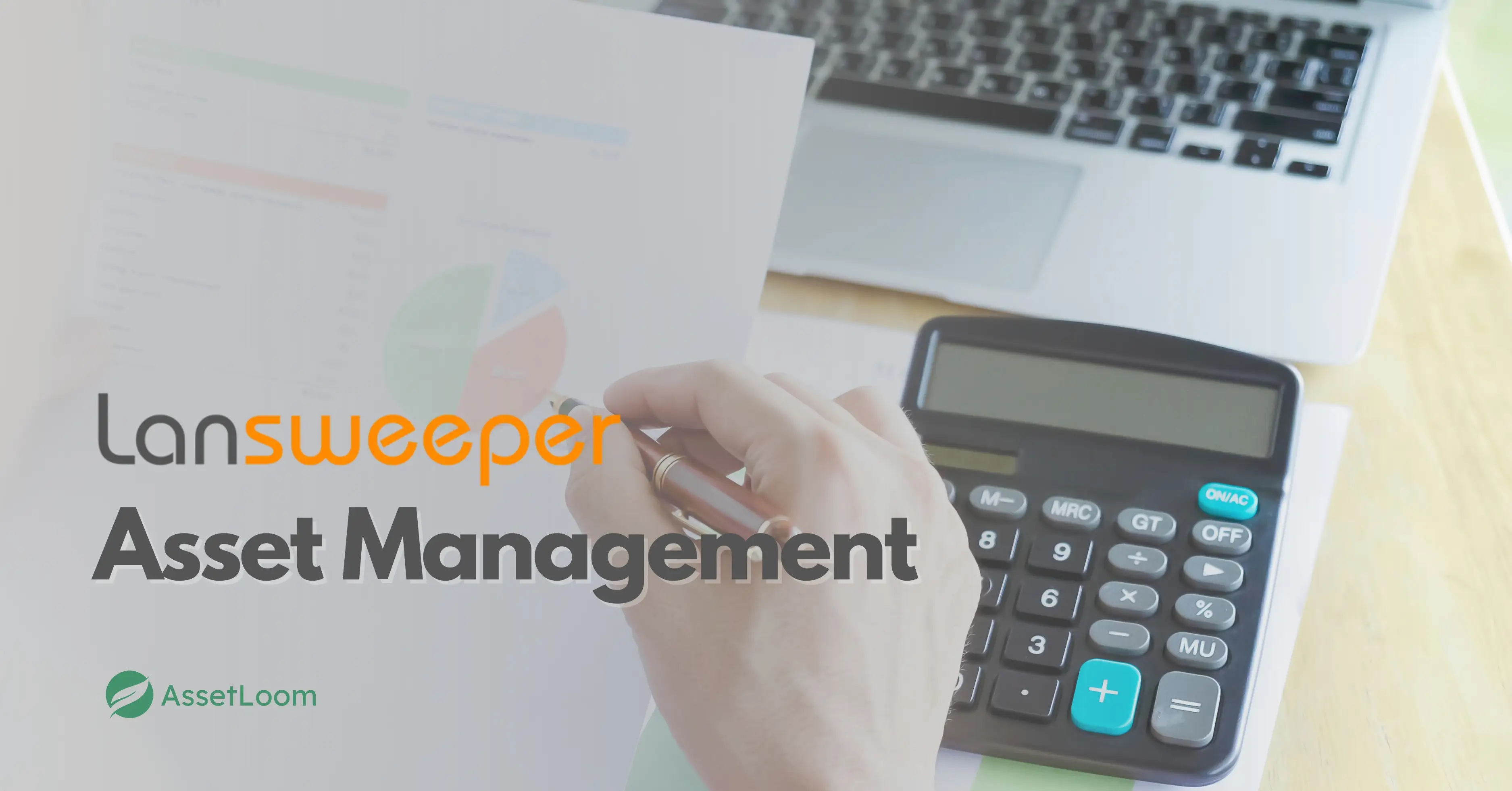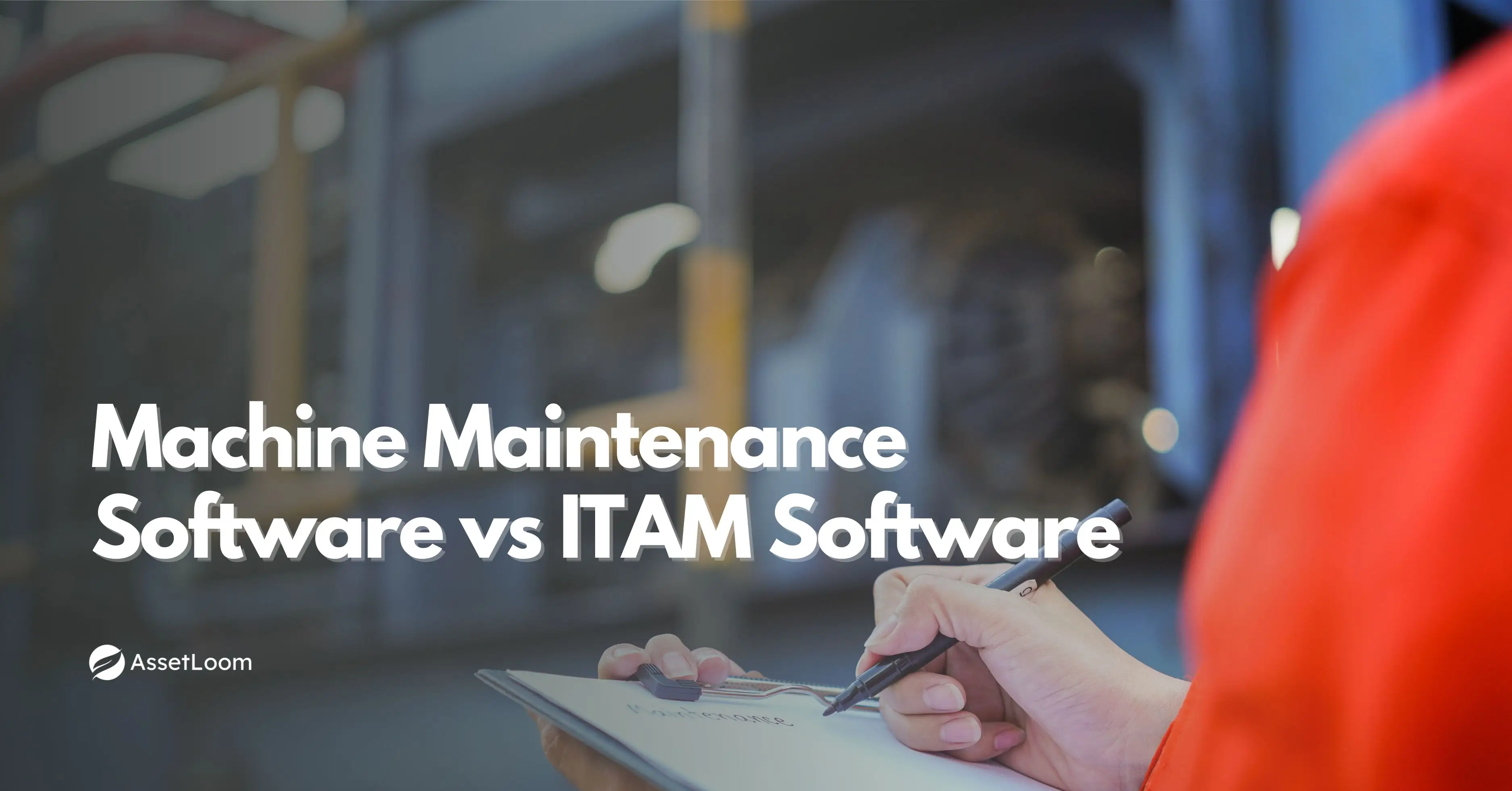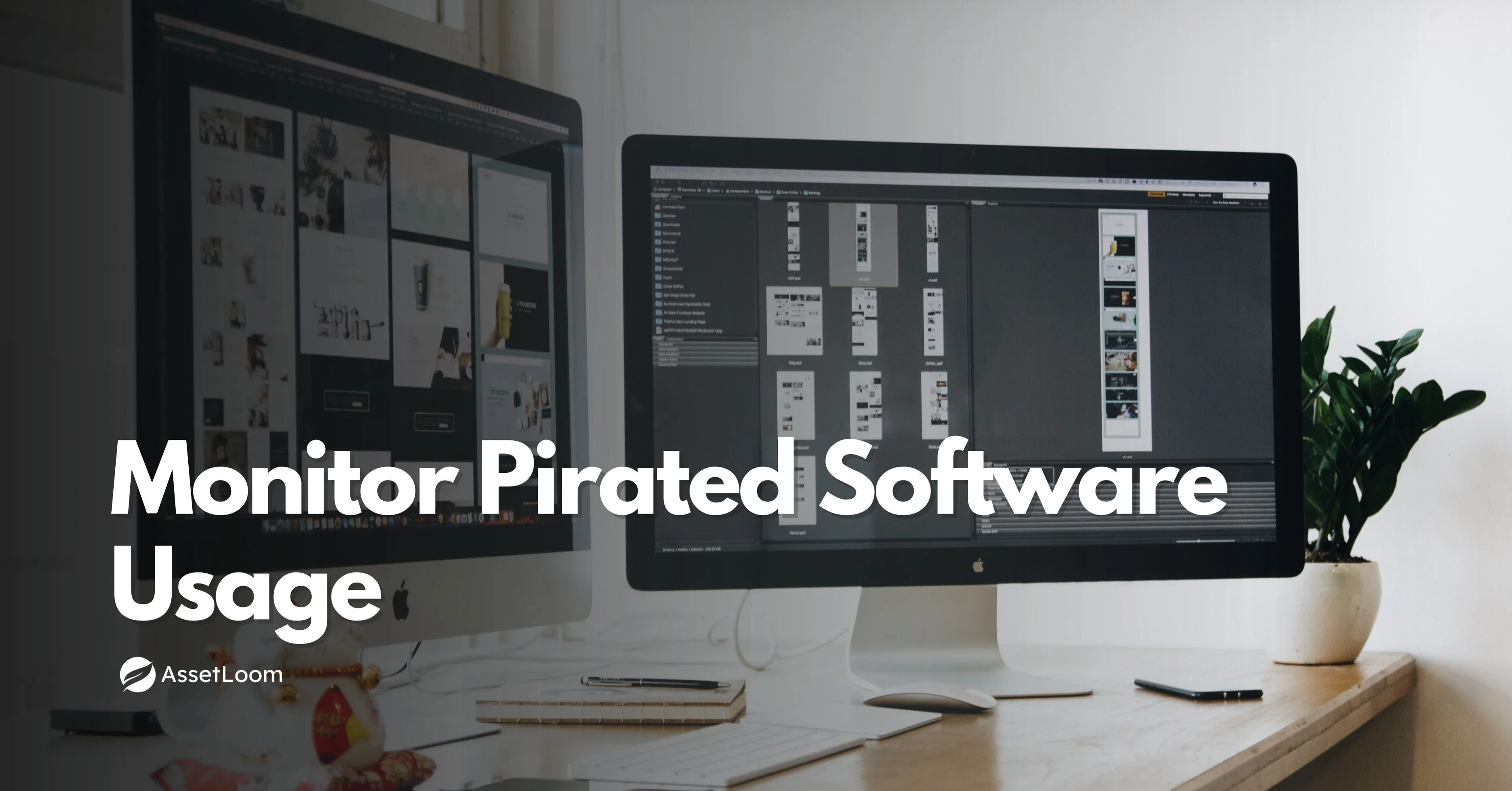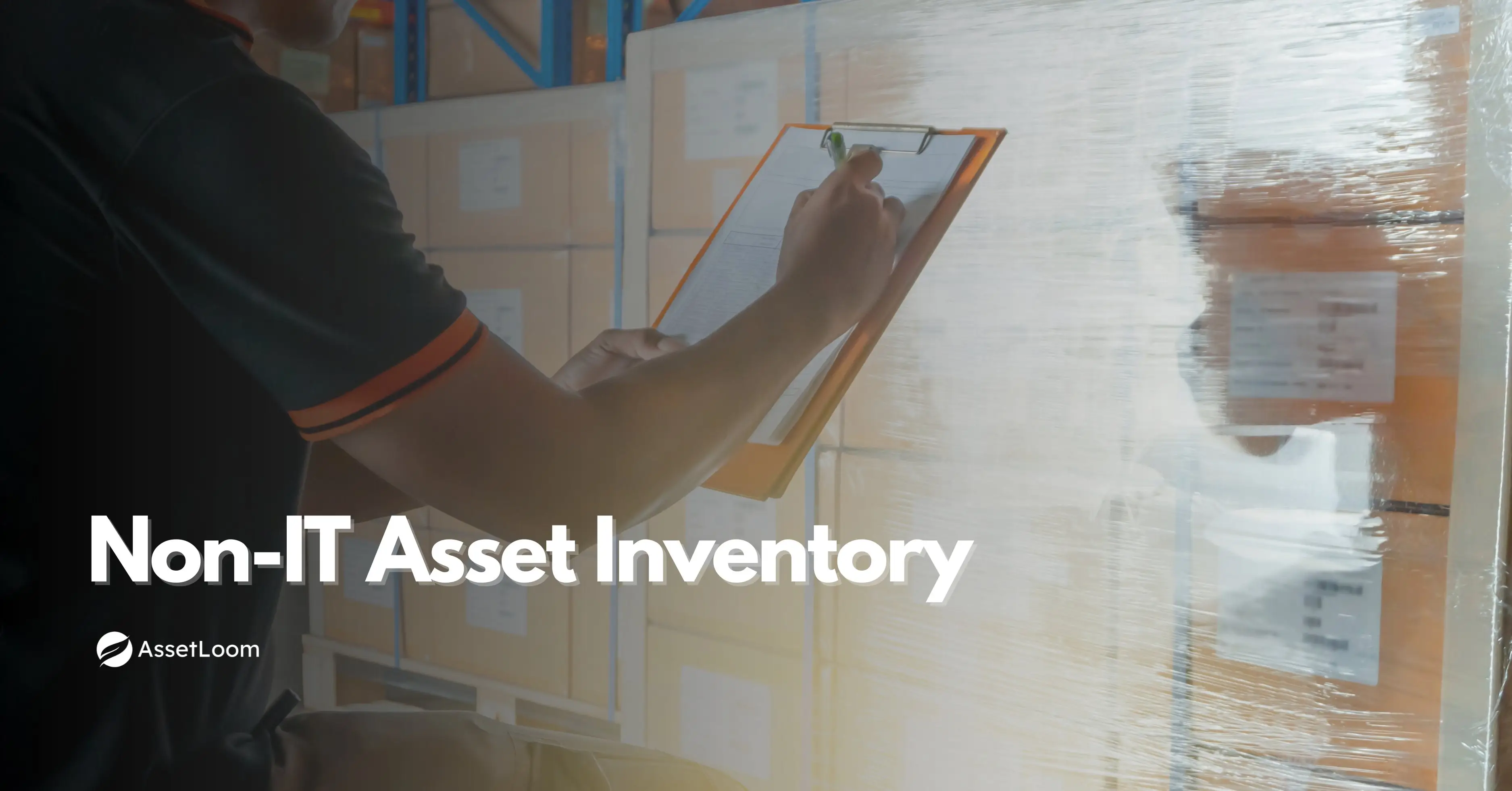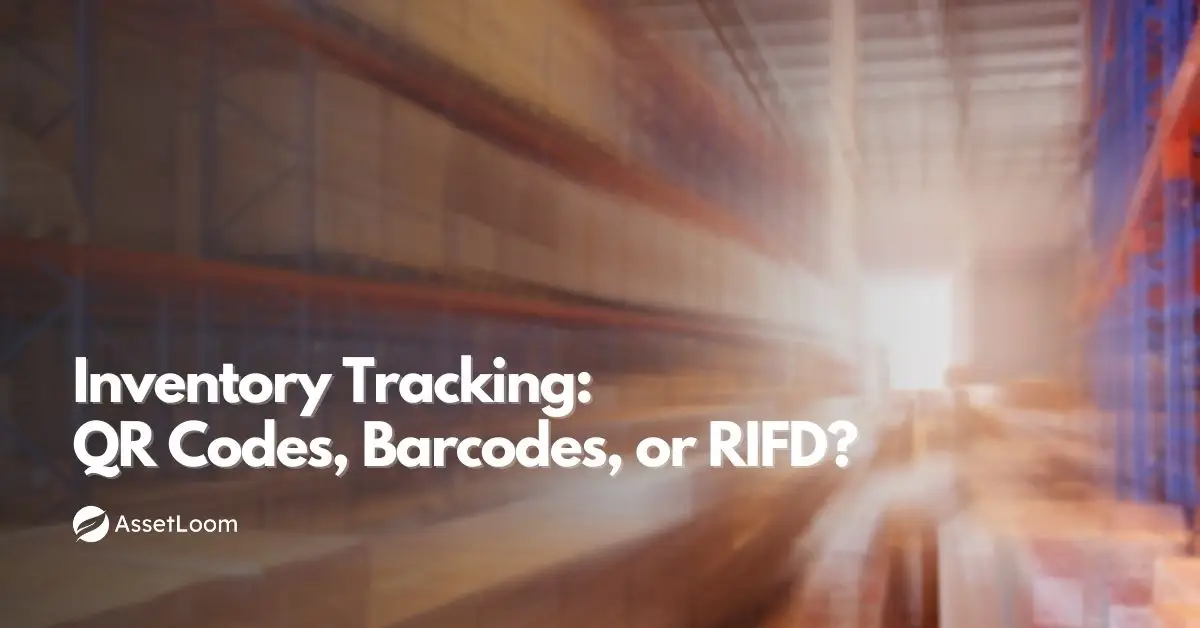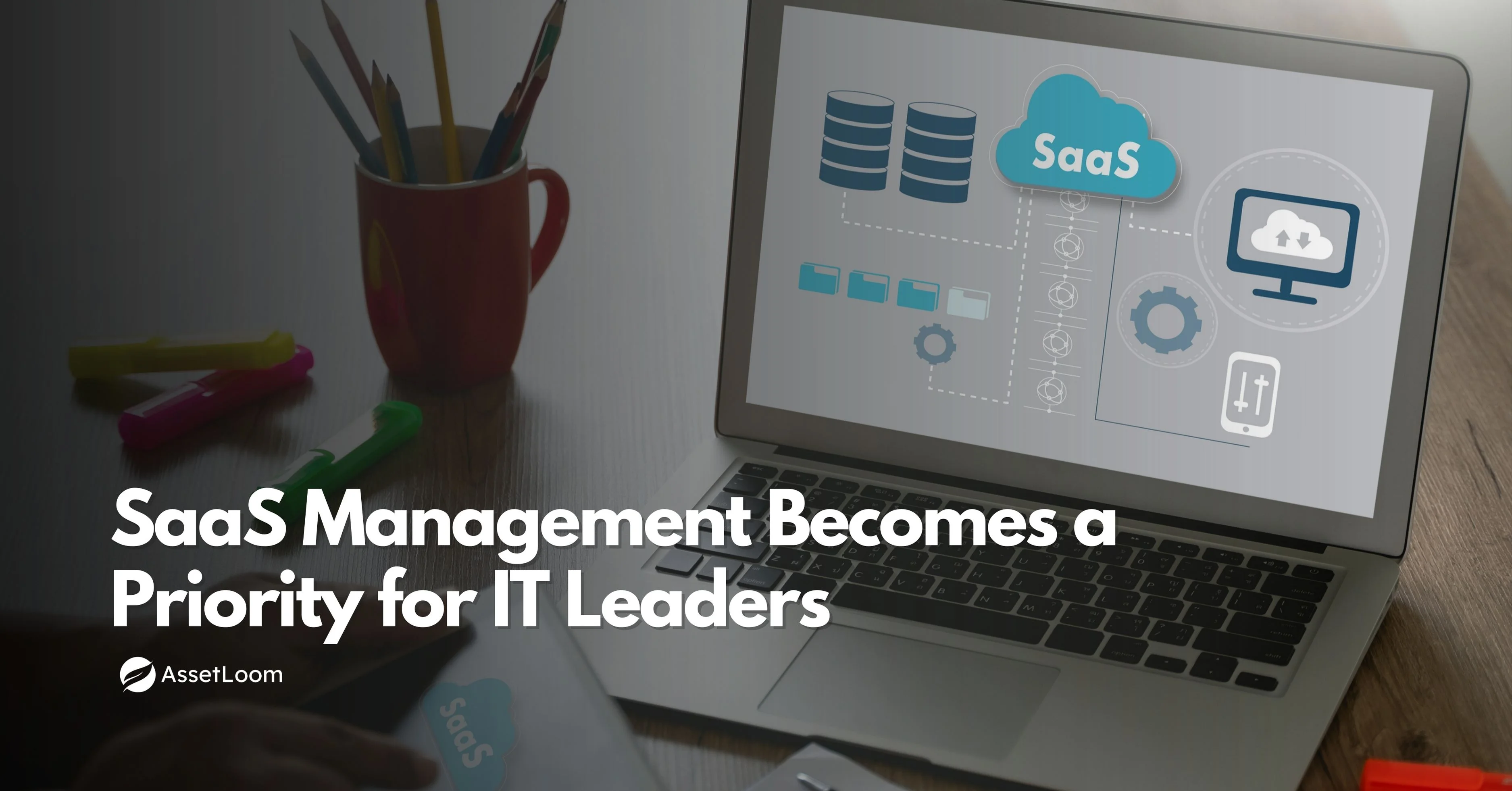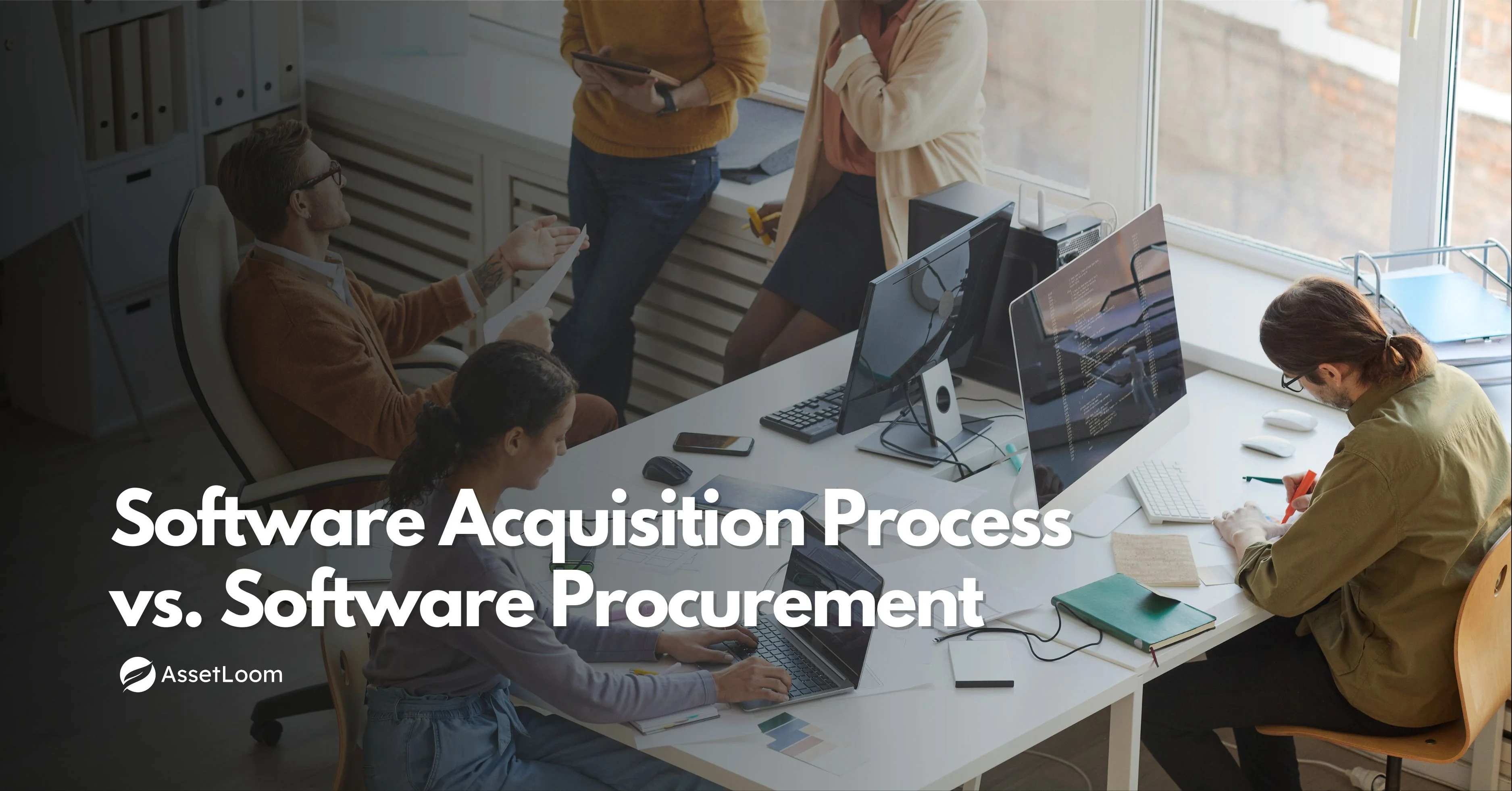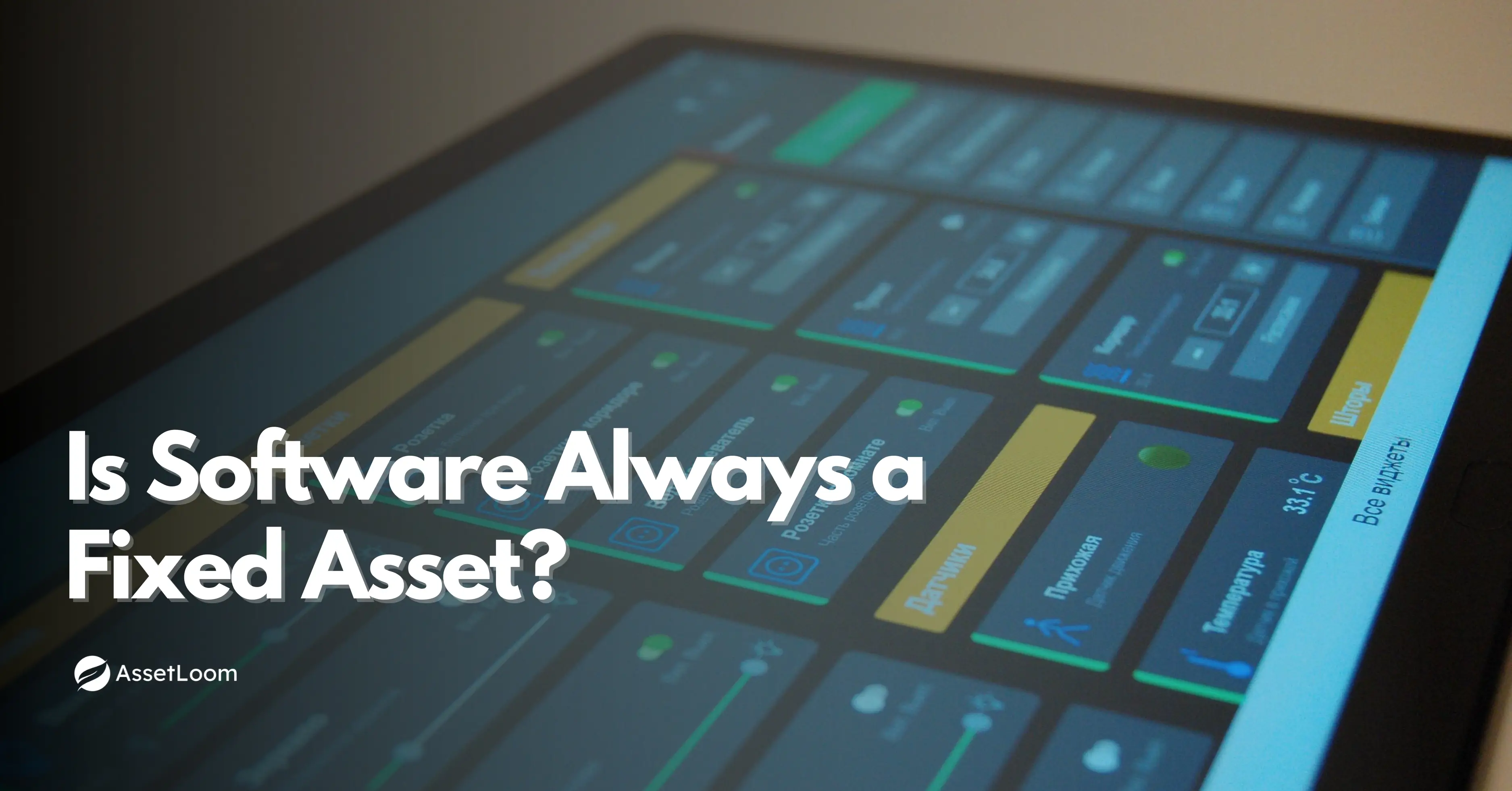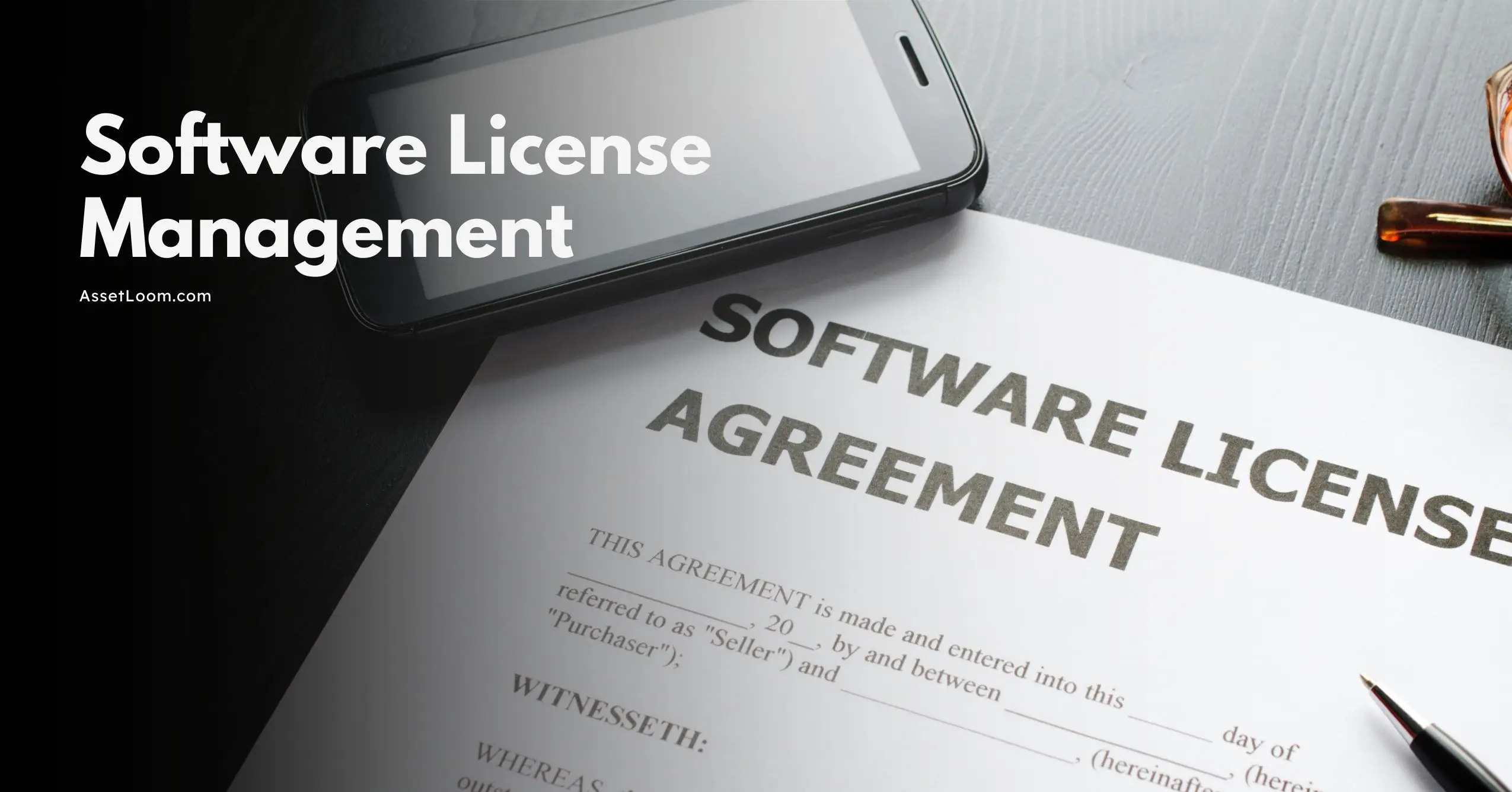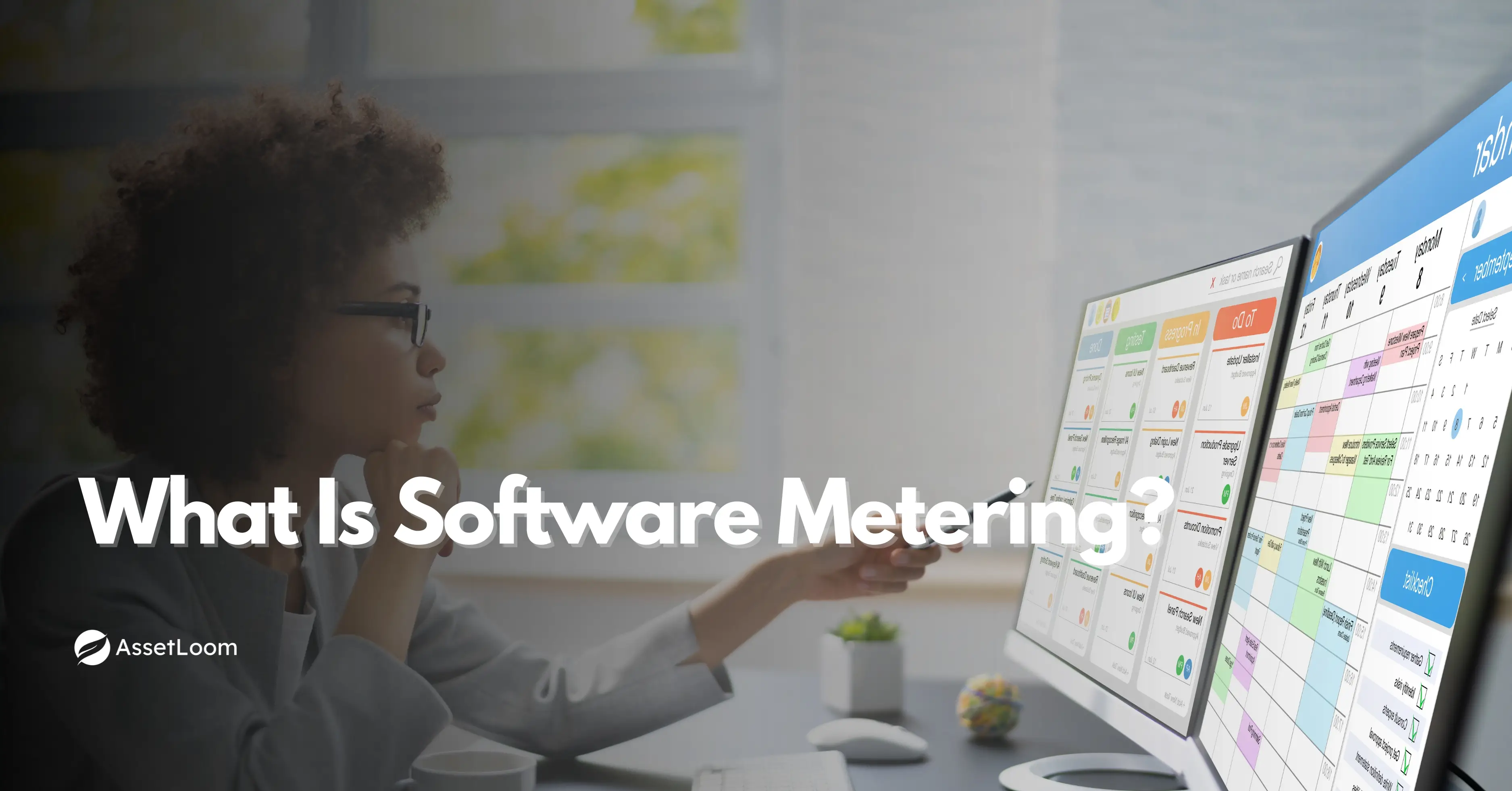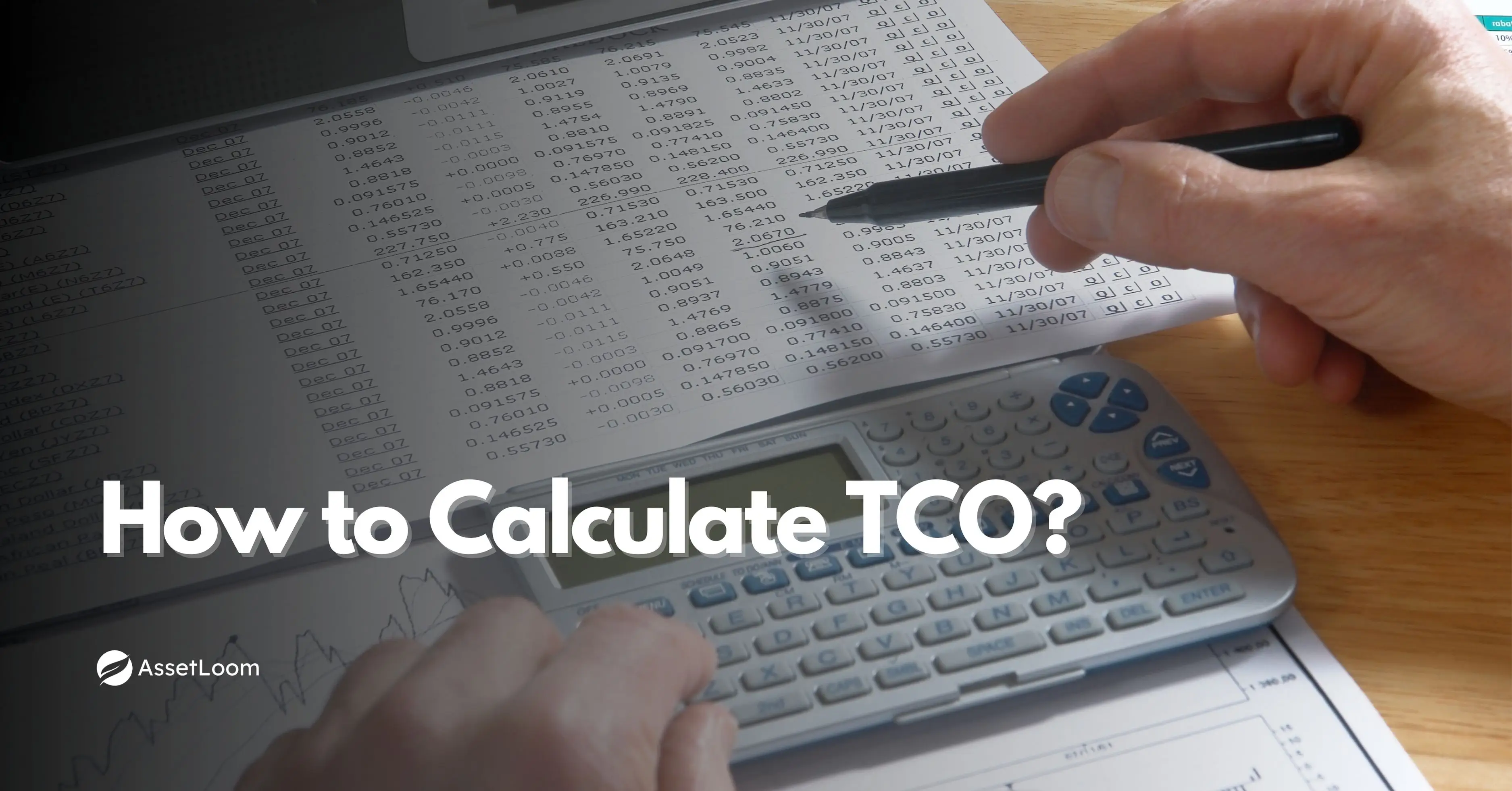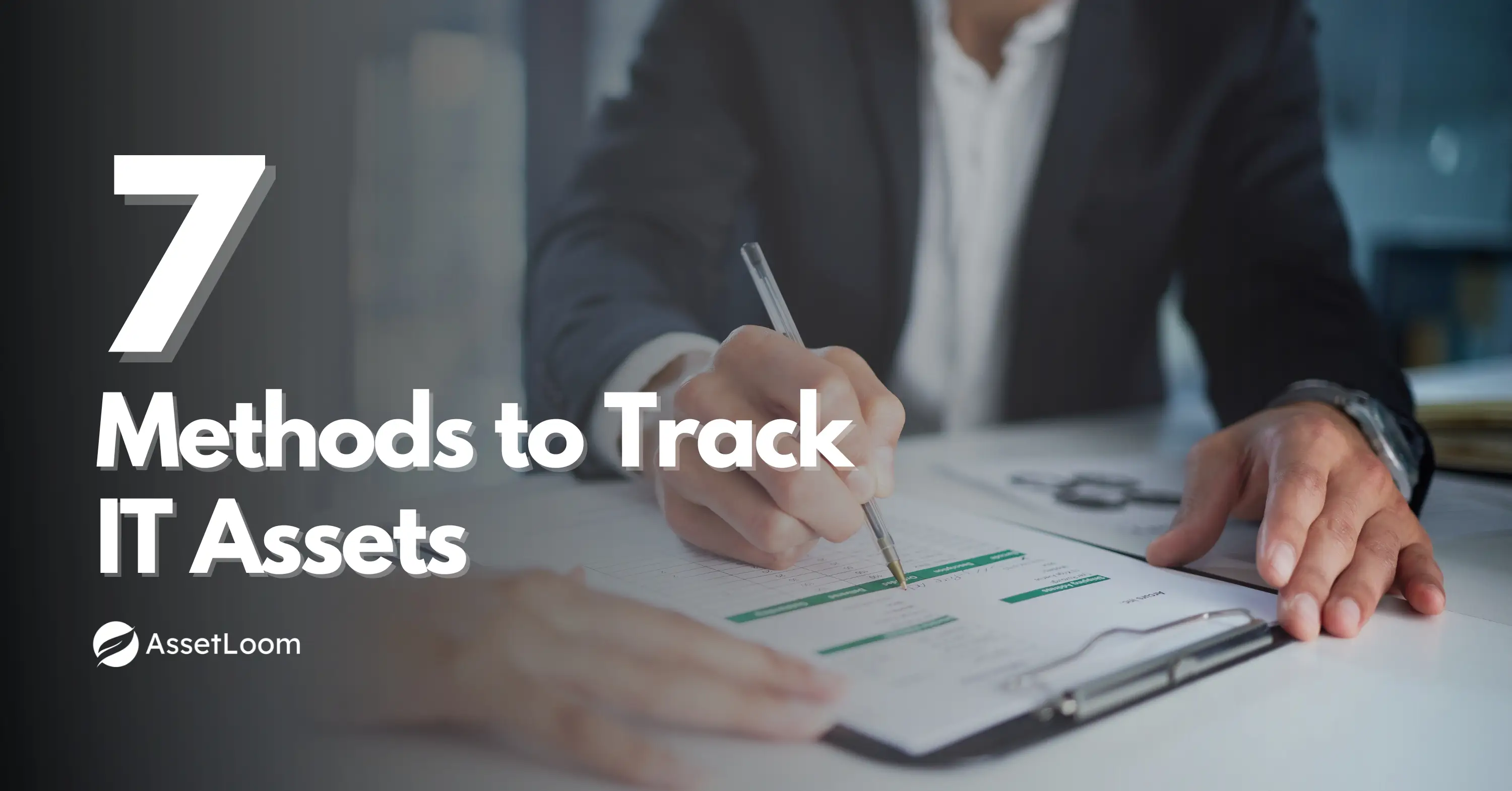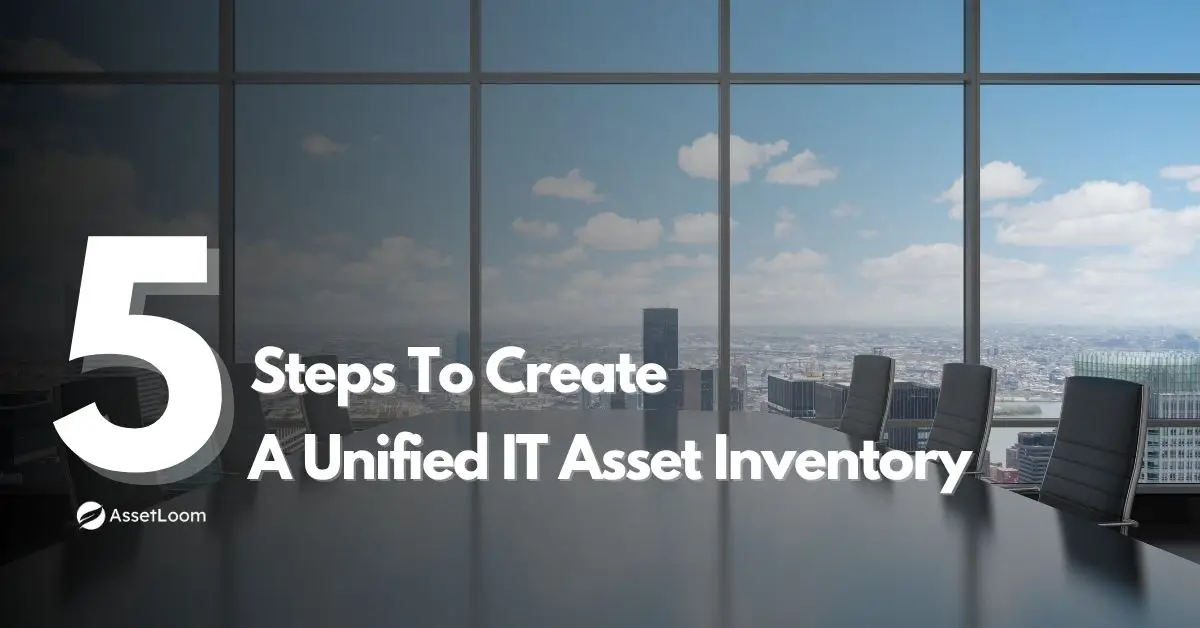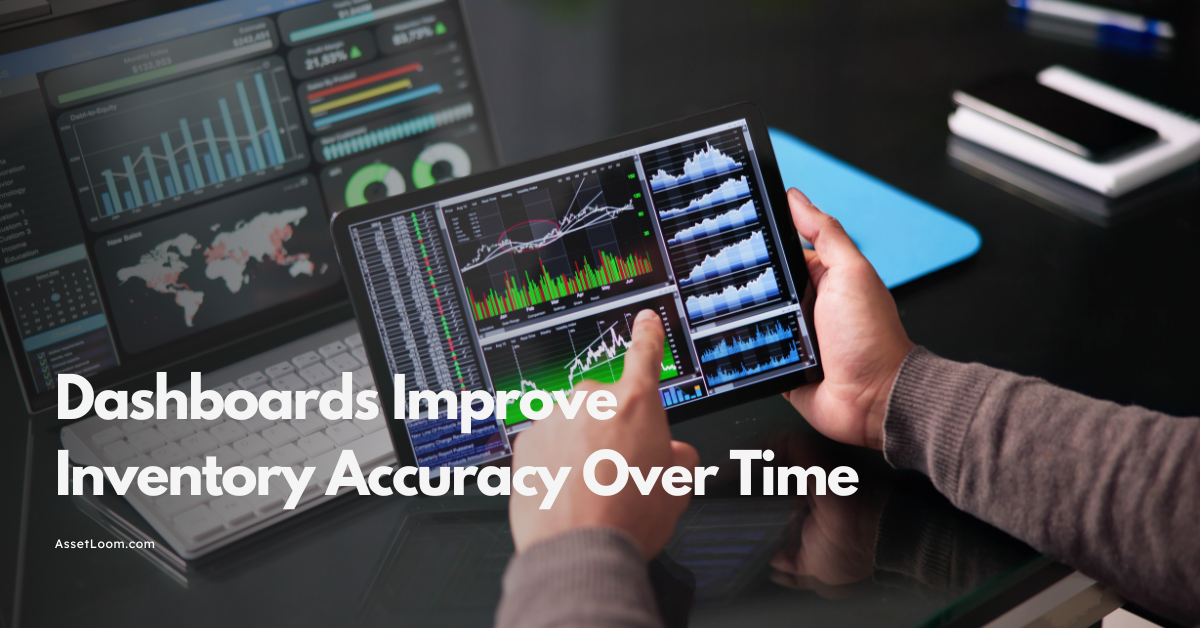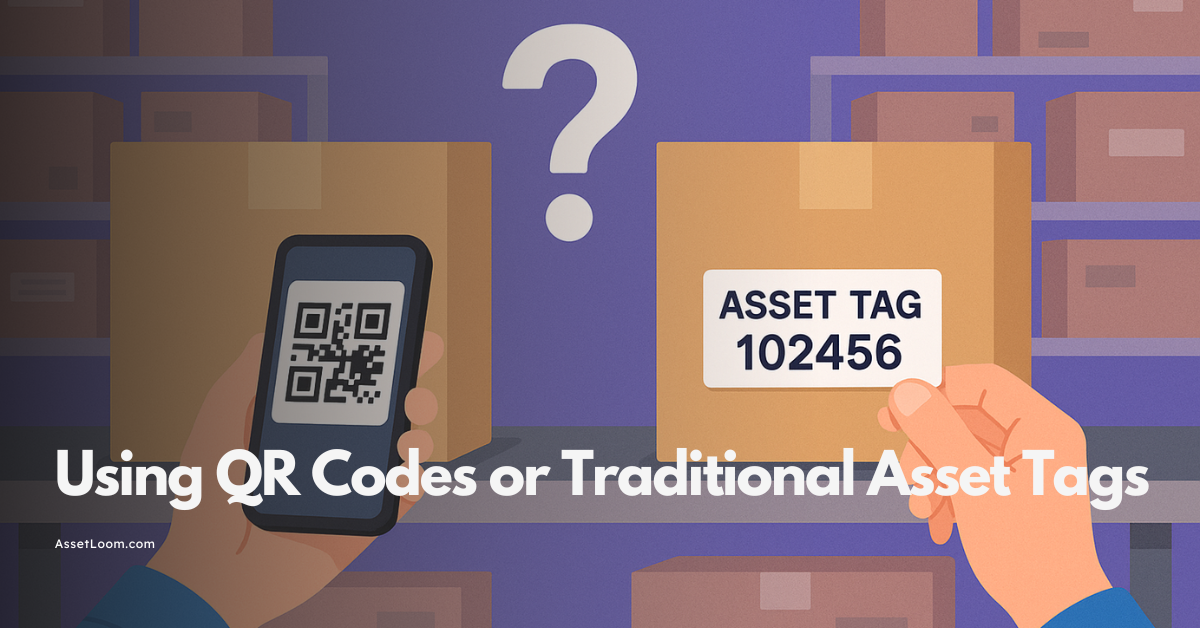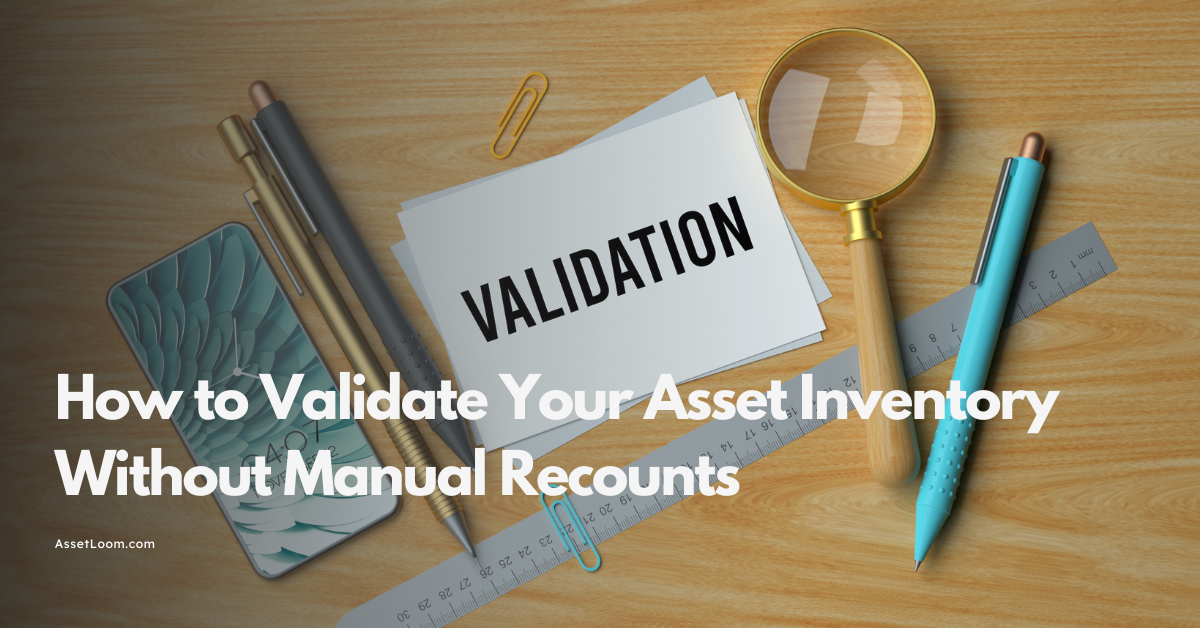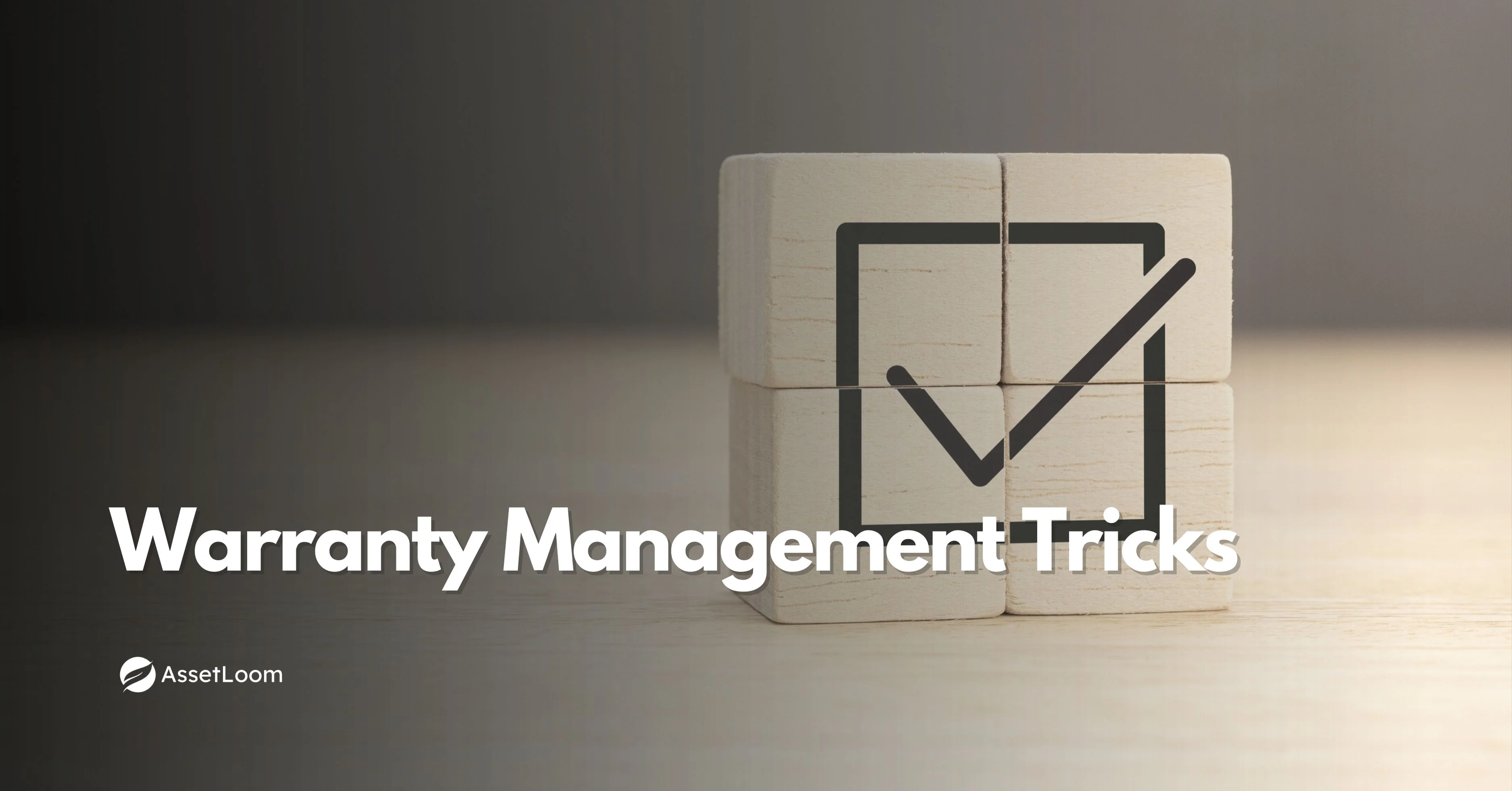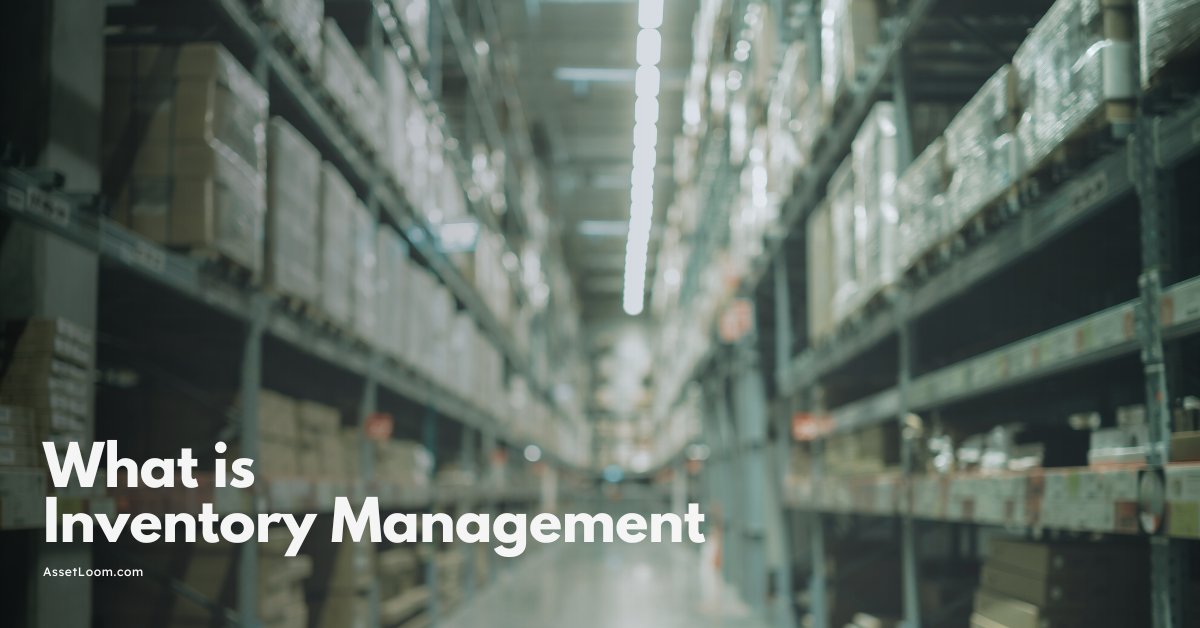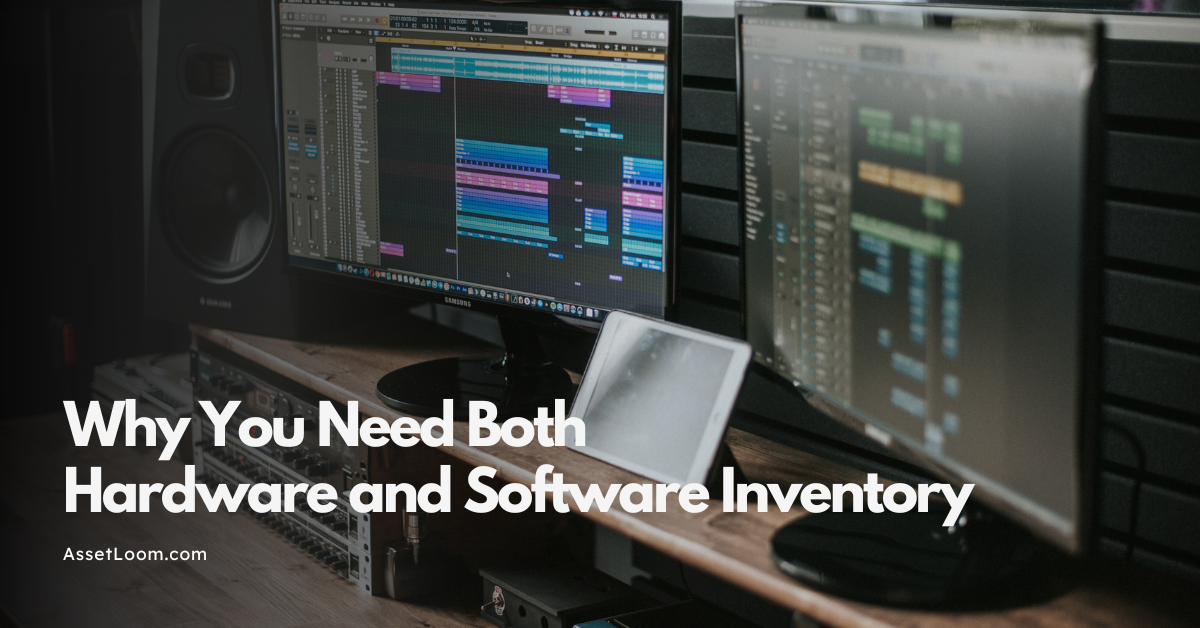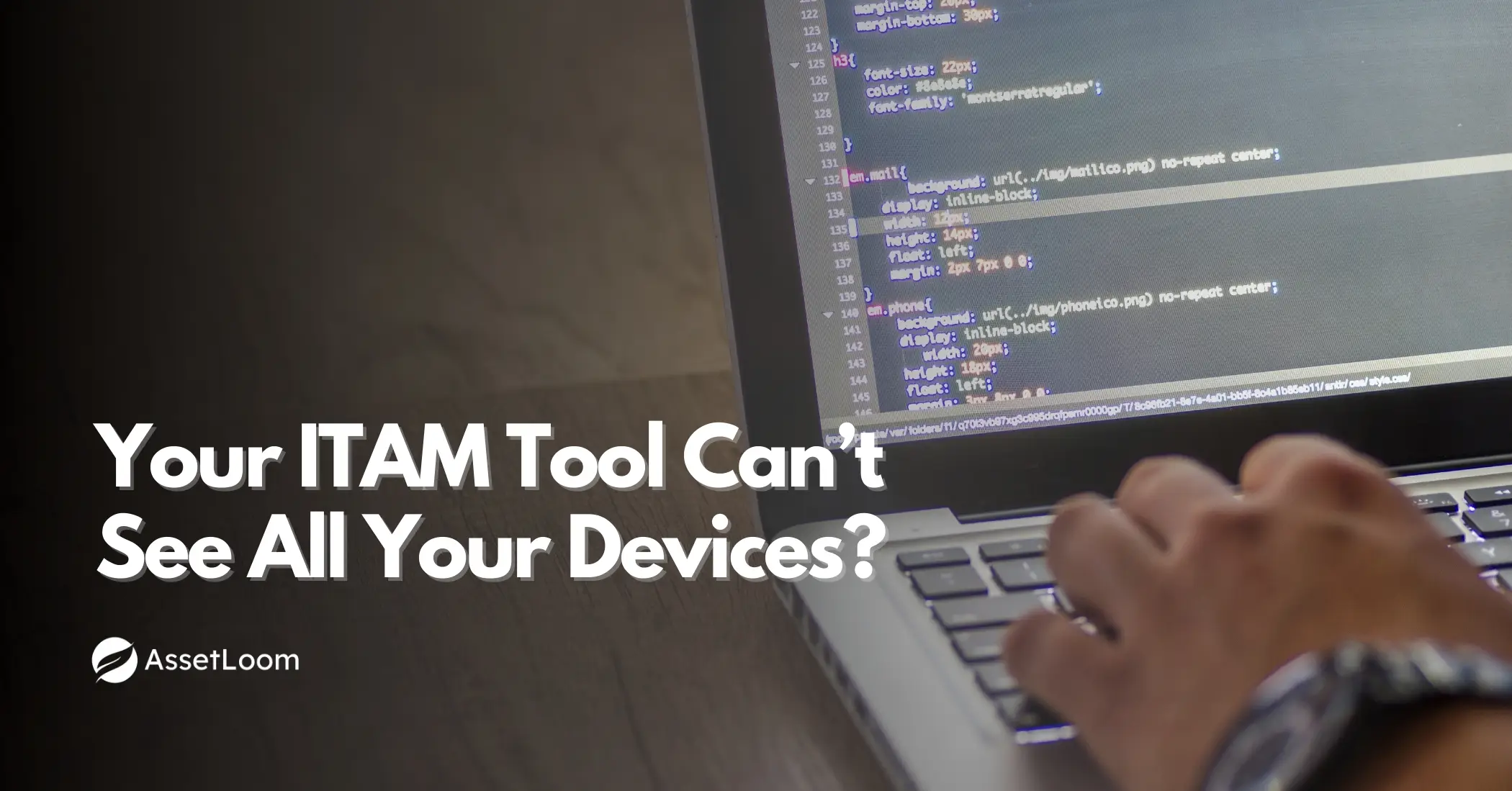Excel for Asset Inventory: Why It’s Time for an Upgrade
Asset inventory format in Excel can be limiting. Discover why upgrading to AssetLoom’s software enhances asset tracking with automation, real-time updates, and better security.
For many years, Microsoft Excel has been the go-to tool for managing asset inventories. It's widely used, familiar to most employees, and relatively easy to set up. However, as your business grows and your asset inventory becomes more complex, relying on Excel may no longer be the best solution. Despite its advantages, Excel comes with significant limitations that can hinder the efficiency, accuracy, and security of your asset management.
Related Blog: Free Asset Management Template Excel to Organize Your IT Inventory
The Popularity of Excel for Asset Tracking
Excel has been a go-to tool for managing asset inventories for a long time, and it’s easy to see why. It’s simple, familiar to most people, and flexible enough to set up quickly without needing a lot of technical know-how. Because of these reasons, many businesses have relied on Excel to keep track of their assets.
Why It’s So Popular: Excel’s ease of use is one of the biggest reasons it’s become the standard tool for asset management. You can create tables, make basic calculations, and adjust things as you go, without needing any special training. For small businesses or teams with limited resources, Excel feels like the easiest and most straightforward option.
Who’s Using Excel?: Many small to medium-sized businesses still rely on Excel for their asset tracking. It’s especially common in industries where assets are relatively few or don’t change much, like retail shops or small offices. Since there’s no need for expensive software and no steep learning curve, Excel works well for these situations.
Why It Works: Excel’s biggest strength is its flexibility. Almost everyone is familiar with it, so it’s easy to get started without much setup. You can customize it to track exactly what you need, whether it's assets in a specific location, their condition, or how long they've been in use. It also doesn’t require a lot of upfront costs, which is appealing for small businesses trying to keep things simple.
While Excel is a great tool for many businesses, it becomes harder to manage as the number of assets grows or as tracking needs become more complex. That’s when its limitations start to show.
Key Limitations of Using Excel for Asset Inventory
While Excel might work for a while, it starts to become tricky as your asset inventory grows or becomes more complex. Let's dive into the main problems with using Excel and look at examples to make it clearer:
1. Scalability Issues
As your business grows, the number of assets you need to track increases. In Excel, the more assets you have, the harder it is to keep everything organized.
2. Data Accuracy and Errors
With Excel, there's always a risk of human error. Manual data entry, incorrect formulas, or simple mistakes can affect the accuracy of your asset records.
3. Version Control Problems
When several people are using the same Excel file to update asset information, it can get confusing. Multiple versions of the file can easily get mixed up, and it’s hard to track who made what changes.
4. Limited Reporting and Insights
Excel is great for simple data entry, but it doesn’t offer the advanced reporting features that dedicated asset management software provides. You can manually create reports, but it’s tedious and doesn’t give you deep insights.
5. Security Concerns
Excel files aren’t designed for the level of security needed for managing valuable asset data. Whether the file is stored on your computer or in the cloud, there’s always a chance it could be lost, corrupted, or accessed by unauthorized people.
Related Blog: Free Asset Inventory Template Excel Download
When You Need to Upgrade
It’s not always easy to tell when it’s time to move on from Excel. But there are some clear signs that show you’ve outgrown it. Here are the key moments when you should consider upgrading to a more specialized asset management software:
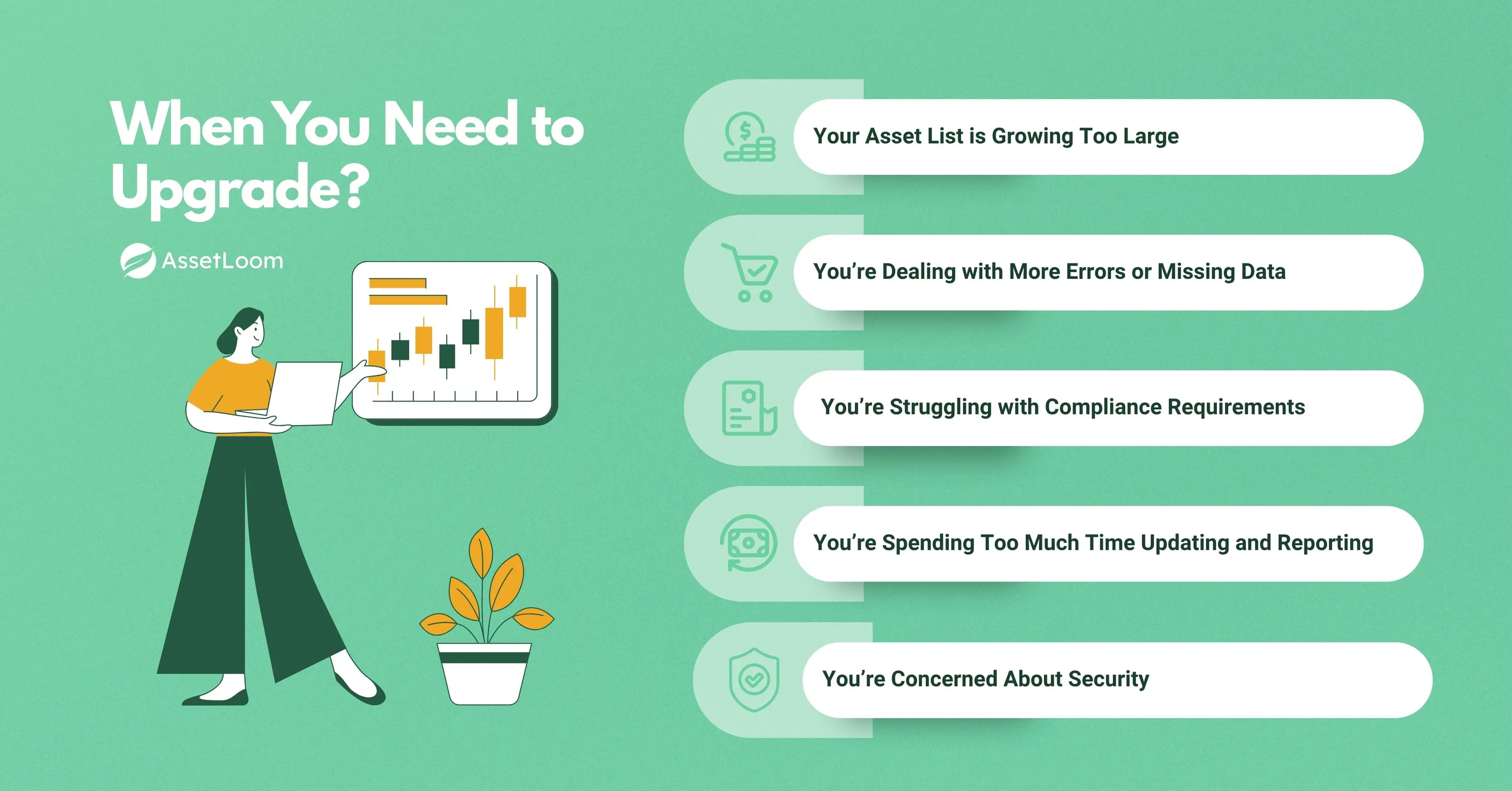
1. Your Asset List is Growing Too Large
As your business expands, so does your list of assets. If you’re finding that tracking your assets in Excel is getting difficult, it might be time for a change. Excel can work for smaller inventories, but once you start dealing with hundreds—or even thousands—of assets, it becomes harder to keep everything in order.
Example: If you start with just a few office printers and laptops, Excel works fine. But once you start managing computers, servers, furniture, software, and more across multiple departments or locations, Excel becomes a maze. Searching through hundreds of rows to find specific assets can be slow and inefficient.
2. You’re Dealing with More Errors or Missing Data
If you’ve noticed that errors are creeping into your asset records, or you're missing information regularly, it’s a big red flag. Excel relies on manual data entry, and as your asset inventory grows, the chances of mistakes multiply. If these errors are impacting your decision-making, it’s time to upgrade.
Example: Imagine tracking 50 assets manually in Excel—it's manageable. But when you reach 500 assets, and someone misses entering a warranty date or forgets to update the status of an item, it leads to confusion. Missing or incorrect data can result in missed deadlines, unplanned expenses, or worse—losing track of valuable assets.
3. You’re Struggling with Compliance Requirements
If your industry or business has become subject to stricter compliance rules, Excel might not be enough to ensure your asset inventory stays compliant. Specialized asset management software is designed to help you meet regulatory standards and manage assets in a more secure, transparent way.
Example: In industries like healthcare or finance, regulations often require precise asset tracking, audits, and reports. With Excel, generating these reports is slow and prone to errors. Specialized software, on the other hand, offers built-in compliance tracking, audit trails, and the ability to create reports with just a few clicks, ensuring you stay compliant.
4. You’re Spending Too Much Time Updating and Reporting
If you’re finding yourself or your team spending a lot of time just entering data, creating reports, or tracking down missing information, it might be time to look for a more automated solution. Excel requires a lot of manual work, especially as your asset list expands.
Example: Say you need to generate a quarterly report on asset depreciation. In Excel, you’ll need to gather all the data, apply formulas, and manually check that everything is correct. This takes up hours of time. With asset management software, reports can be automatically generated, saving you time and reducing the risk of mistakes.
5. You’re Concerned About Security
If you’re increasingly worried about the security of your asset data, especially when it’s stored on Excel files that are easy to lose, corrupt, or hack, it’s a good sign that you need to upgrade. Asset management software usually provides much stronger security features, such as encryption, role-based access, and automatic backups.
Example: If an Excel file with sensitive asset information is lost or corrupted, you could lose all that data in an instant. And even if it's stored on a cloud platform, Excel doesn’t provide the same level of protection as dedicated software. Asset management systems are built to store data securely, with regular backups and access controls to ensure only authorized people can make changes.
Why Upgrade to Asset Management Software?
Upgrading from Excel to specialized asset management software offers numerous advantages that can make asset tracking more efficient and less prone to errors. Here’s why it’s worth considering:
- Automation: Streamline asset tracking with automated updates, status changes, and alerts for key events like maintenance or warranty expirations.
- Real-Time Data: Ensure accurate, up-to-date information with real-time tracking of asset movements, condition, and location.
- Advanced Reporting: Generate detailed reports with ease, including asset utilization, depreciation, and maintenance schedules, without manual calculations.
- Enhanced Security: Benefit from stronger data protection through encryption, user access controls, and regular backups to ensure your asset data remains safe.
- Collaboration Made Easy: Allow multiple users to access and update asset information simultaneously, ensuring that everyone has access to the latest data without conflicts or confusion.
Upgrading to asset management software can help you overcome the limitations of Excel and provide better control over your assets.
Key Features to Look for in Asset Management Software
When choosing asset management software, it’s important to select a solution that fits your business needs. Here are some key features you should look for to ensure that the software will help you manage your assets effectively:
- Centralized Asset Database: Store all your asset information in one place, making it easy to access, track, and manage assets across departments or locations.
- Barcode and QR Code Support: Simplify asset tracking by integrating barcode or QR code scanning for quick identification and updates.
- Depreciation Tracking: Automatically calculate and track the depreciation of assets over time, helping you manage financial reporting and tax compliance.
- Maintenance and Warranty Tracking: Stay on top of scheduled maintenance and warranty expirations to avoid unnecessary downtime or costs.
- Audit Trails: Keep a record of all asset-related activities, such as transfers, updates, and maintenance, to ensure accountability and transparency.
- Customizable Reports: Generate reports tailored to your specific needs, such as asset performance, utilization, and lifecycle analysis.
- Cloud-Based Access: Access your asset data from anywhere with cloud-based software, allowing for real-time updates and collaboration from multiple locations.
- User Access Control: Set up different user permissions to control who can view or edit asset information, ensuring data integrity and security.
These features will ensure that the asset management software you choose is equipped to handle the needs of your business, offering efficiency, accuracy, and security in asset tracking.
Excel vs. Asset Management Software: A Quick Comparison
While both Excel and asset management software can help track assets, they offer very different capabilities. Here’s a simple comparison to help you understand which option is best for your business:
| Feature | Excel | Asset Management Software |
|---|---|---|
| Data Entry and Management | Manual data entry, prone to errors, time-consuming | Automates data entry, reduces errors, saves time |
| Scalability | Difficult to manage as assets grow, slow searches | Scalable and can handle large inventories efficiently |
| Reporting | Manual updates, complex formulas, time-consuming | Instant, customizable reports with just a few clicks |
| Real-Time Updates | No real-time updates, version control issues | Real-time updates for all users, consistent data |
| Security | Vulnerable to loss, corruption, no encryption | Secure, encrypted storage, role-based access control |
| Collaboration | Difficult collaboration, multiple versions can cause conflicts | Designed for collaboration, real-time updates, tracked changes |
| Maintenance and Support | Manual upkeep, no dedicated support | Dedicated support, regular maintenance |
| Cost | Low upfront cost, but hidden costs due to inefficiencies | Subscription or one-time cost, but improves efficiency and saves time |
Conclusion
Excel has served as a reliable tool for asset management over the years, especially for small businesses with simple needs. However, as your asset inventory grows or your business becomes more complex, Excel’s limitations become more apparent. From data accuracy issues and scalability challenges to difficulties in collaboration and reporting, relying on Excel can create more headaches than it’s worth.
Upgrading to dedicated asset management software like AssetLoom offers a wide range of benefits: automation, real-time updates, improved security, and powerful reporting features. The software not only saves time but also provides better accuracy, security, and collaboration capabilities that Excel simply can’t match.
If you're starting to notice that asset tracking is becoming more time-consuming or prone to errors, it might be time to consider making the switch. The transition doesn’t have to be complicated, and the long-term benefits of streamlined, efficient asset management are well worth the investment.

Related Blogs
IT Inventory Management
What is Asset Inventory Management? A Complete Overview
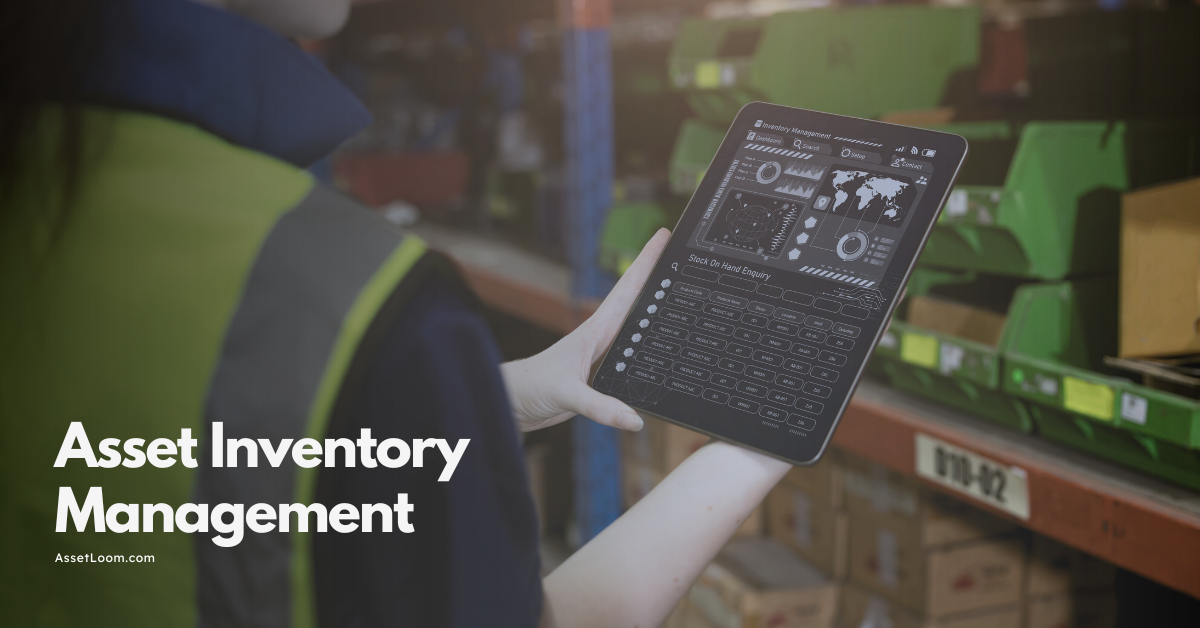
Hardware Management
How Construction Equipment Management Software Cuts Costs?

ITAM in General
Case Studies That Prove the Importance of IT Asset Management
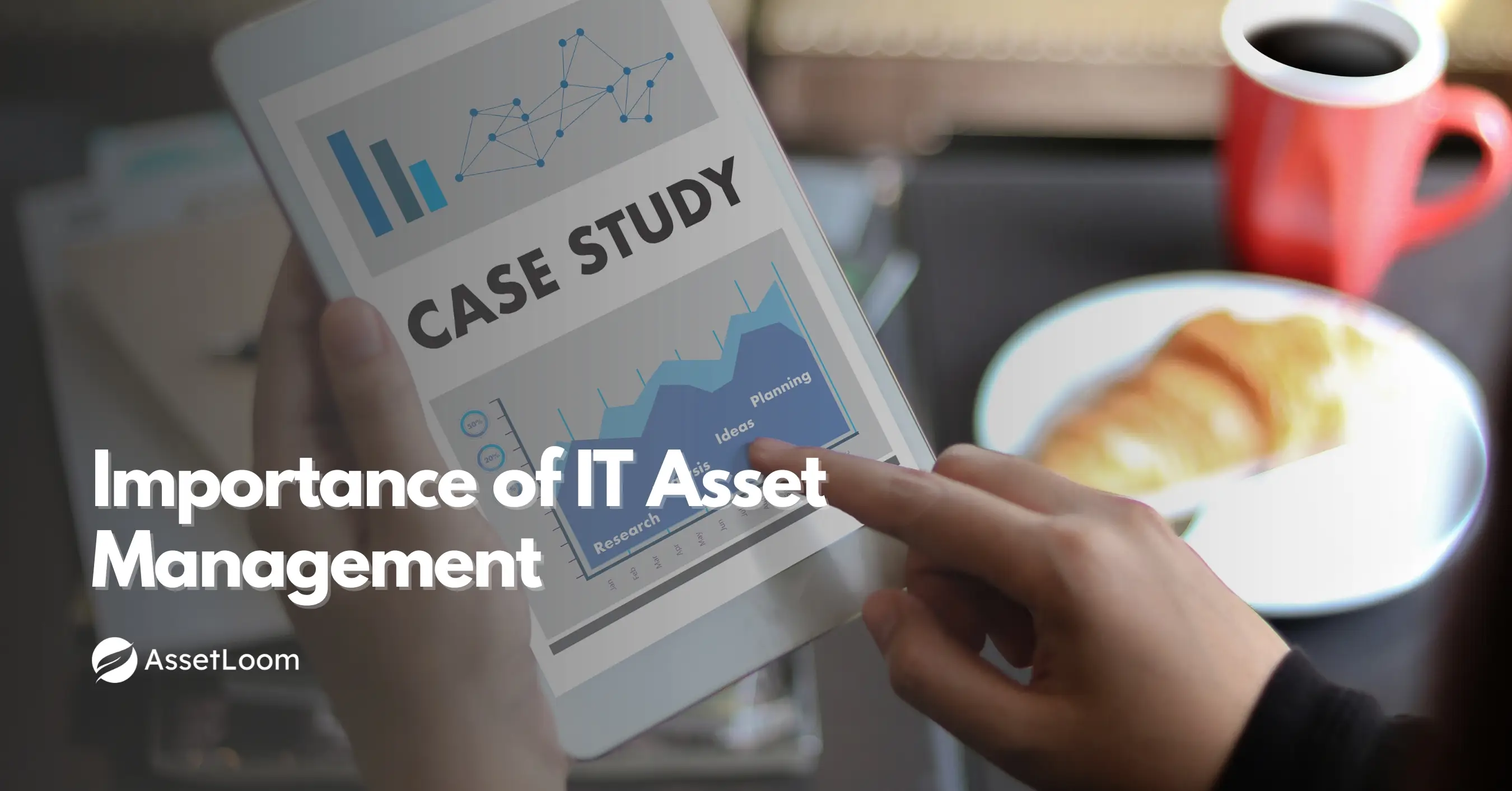
Subscribe for Expert Tips and Updates
Receive the latest news from AssetLoom. right in your inbox
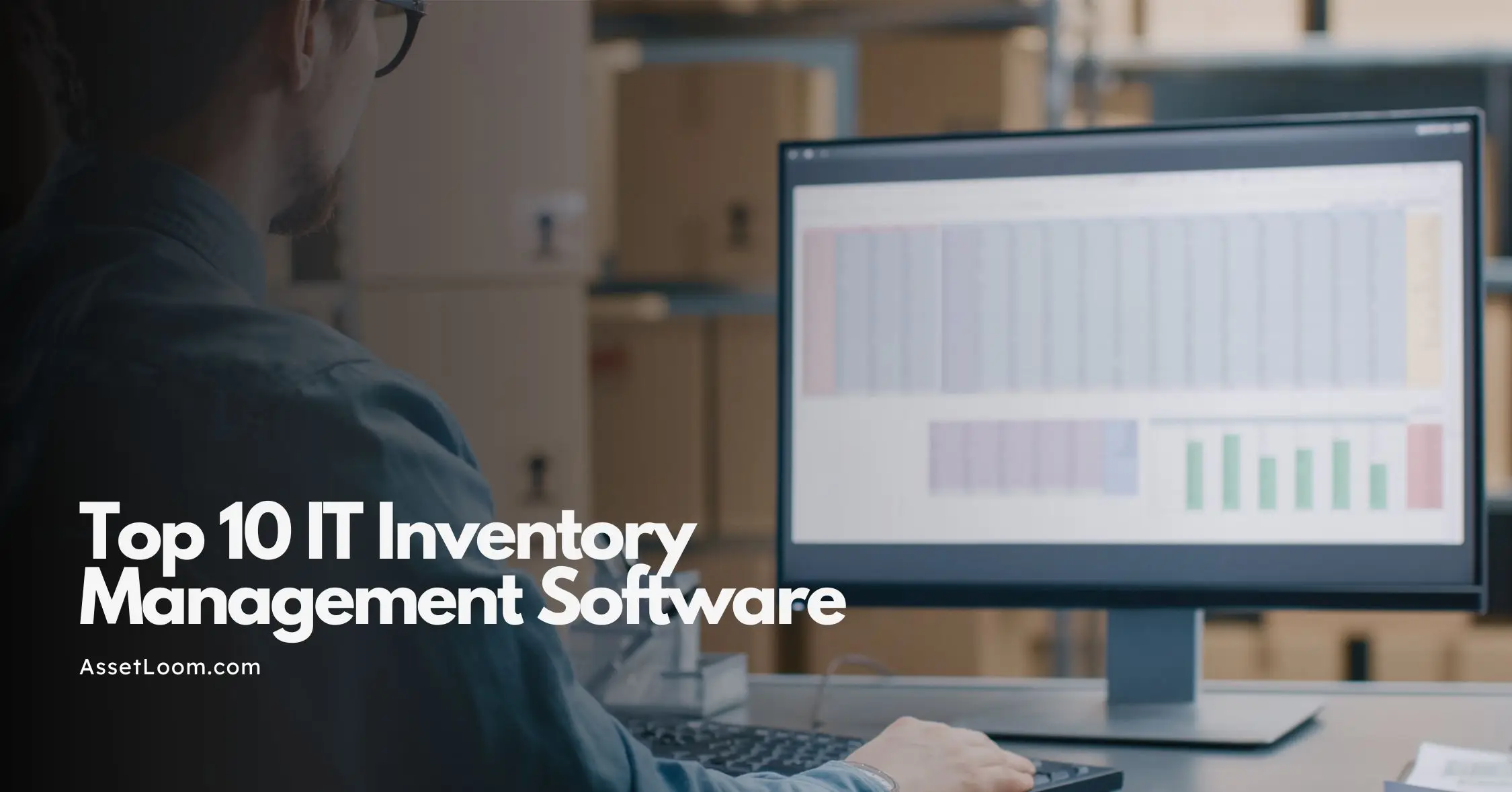



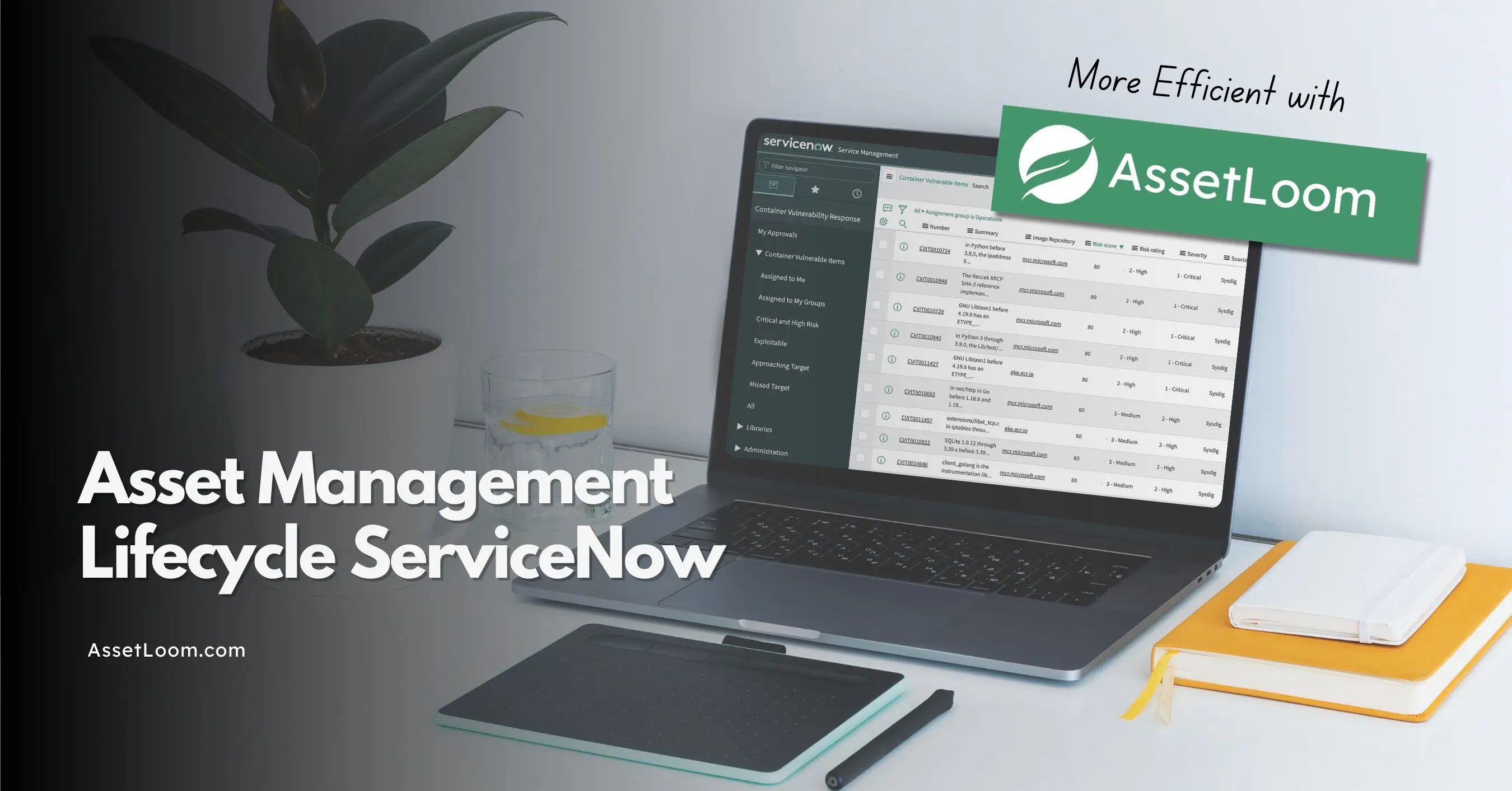


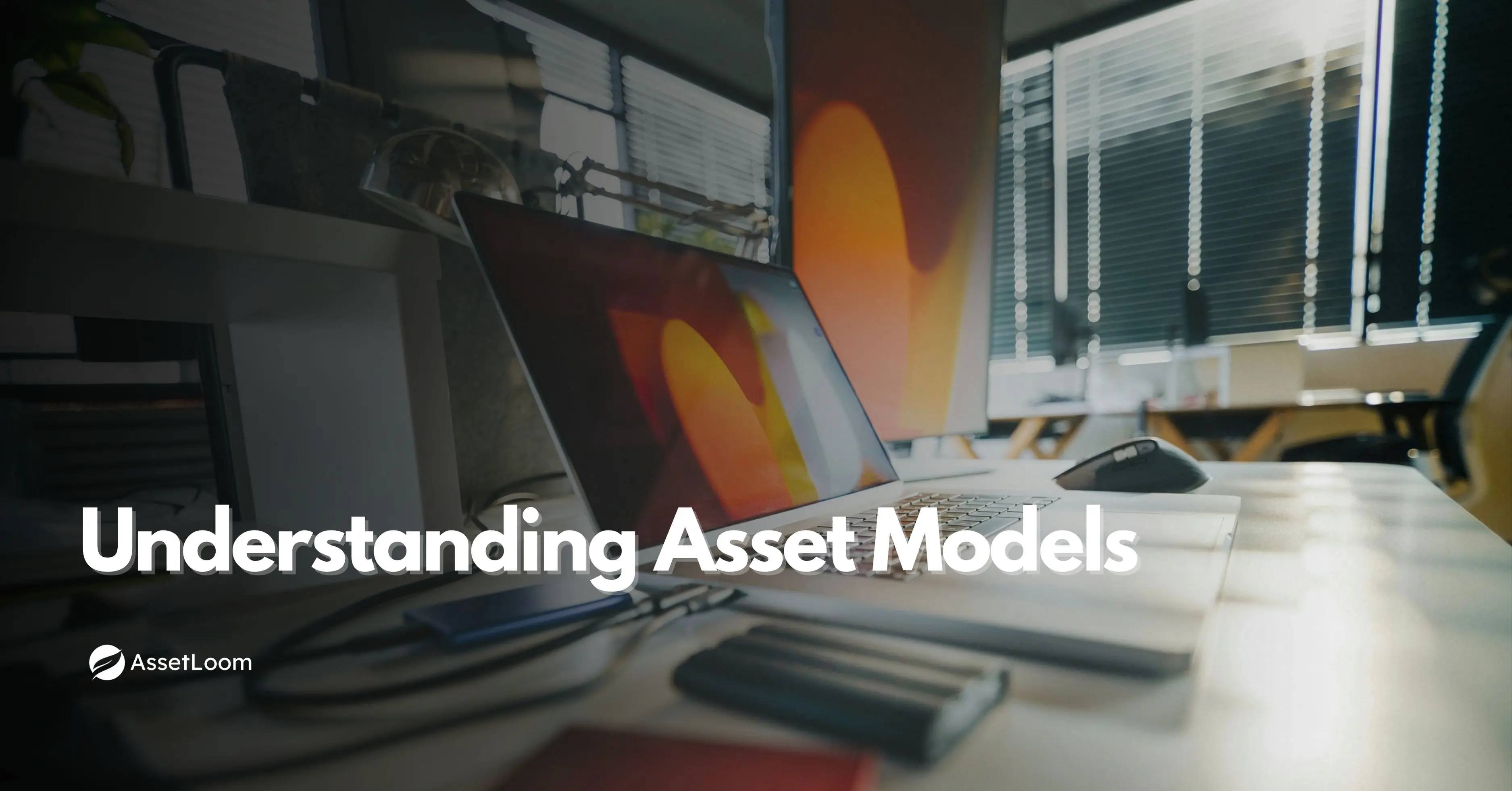
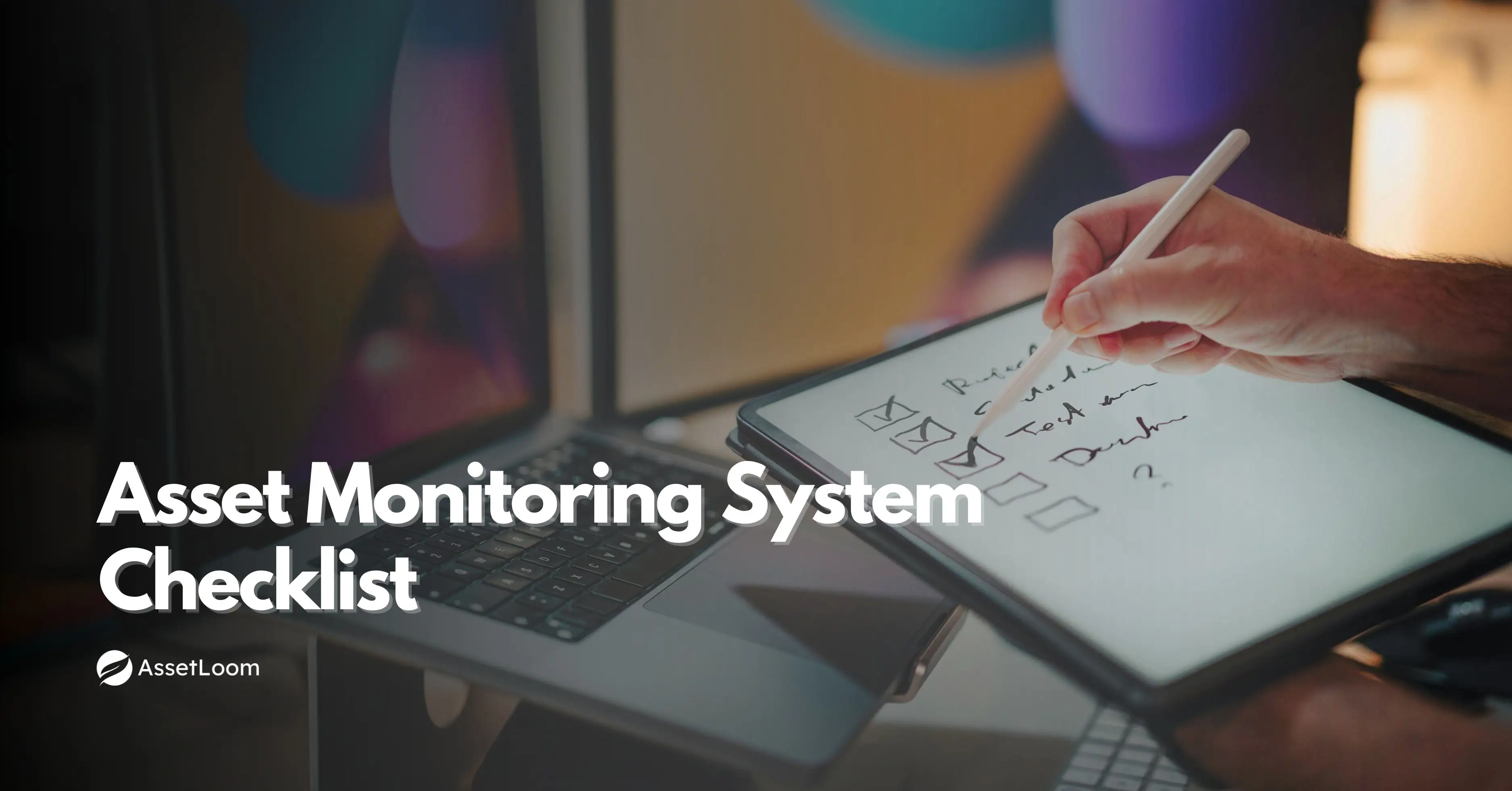


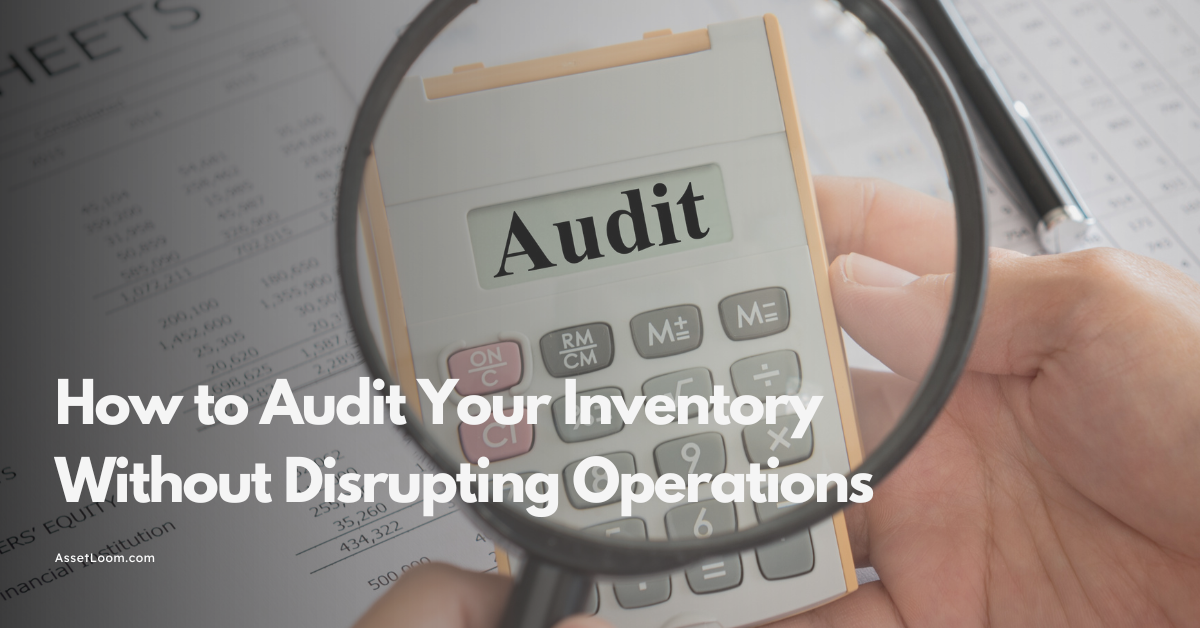
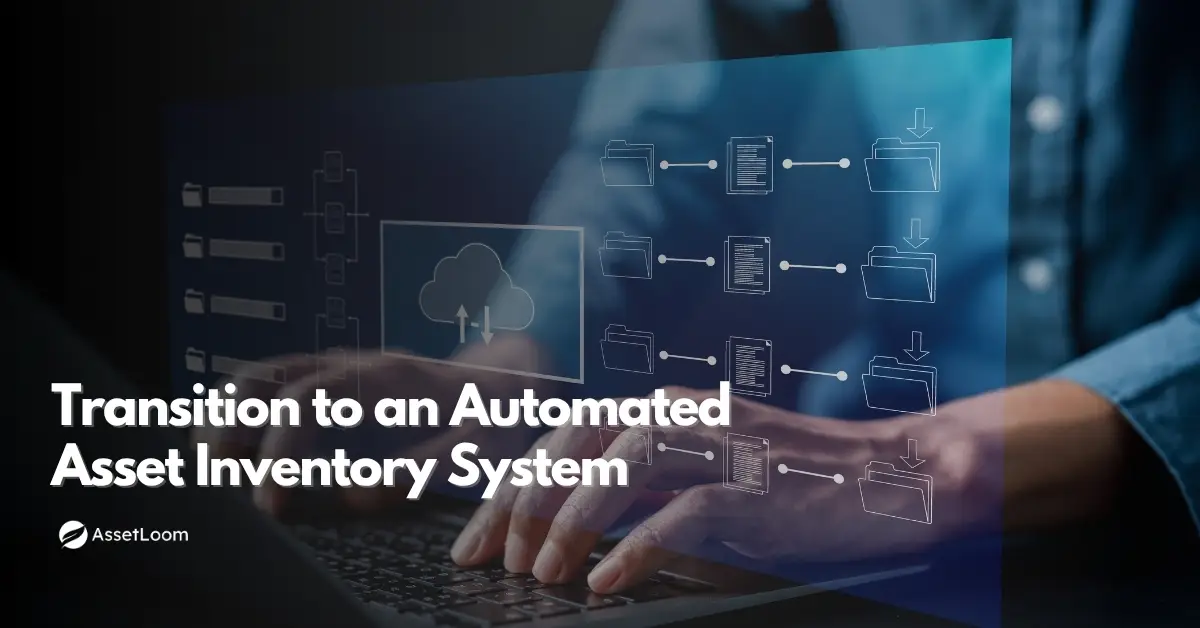

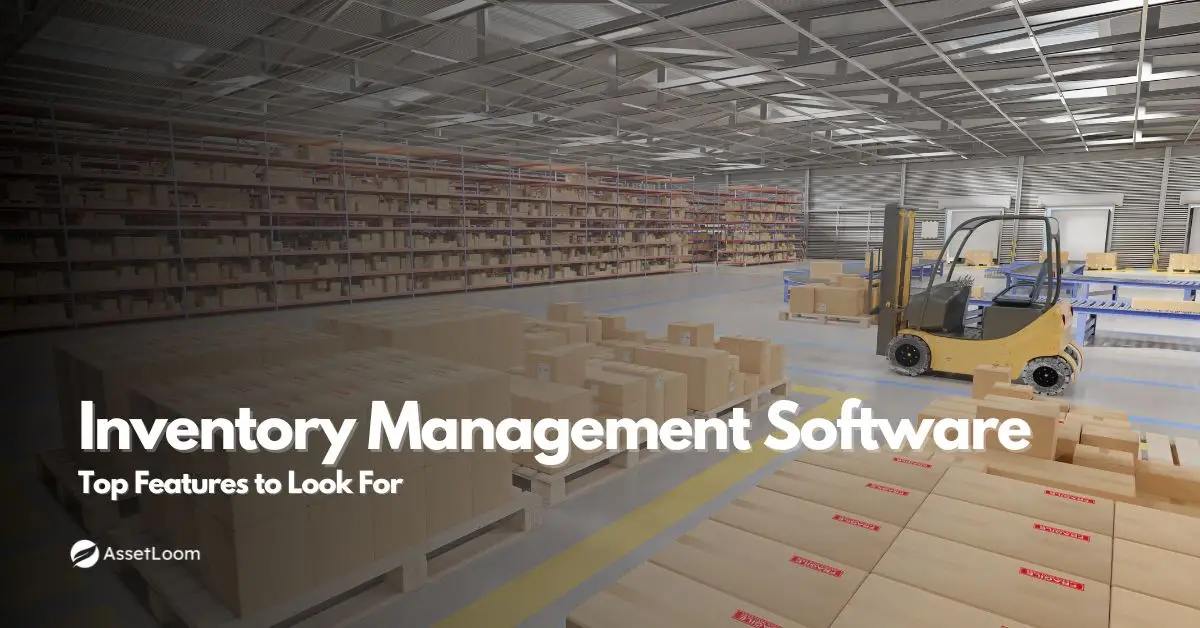

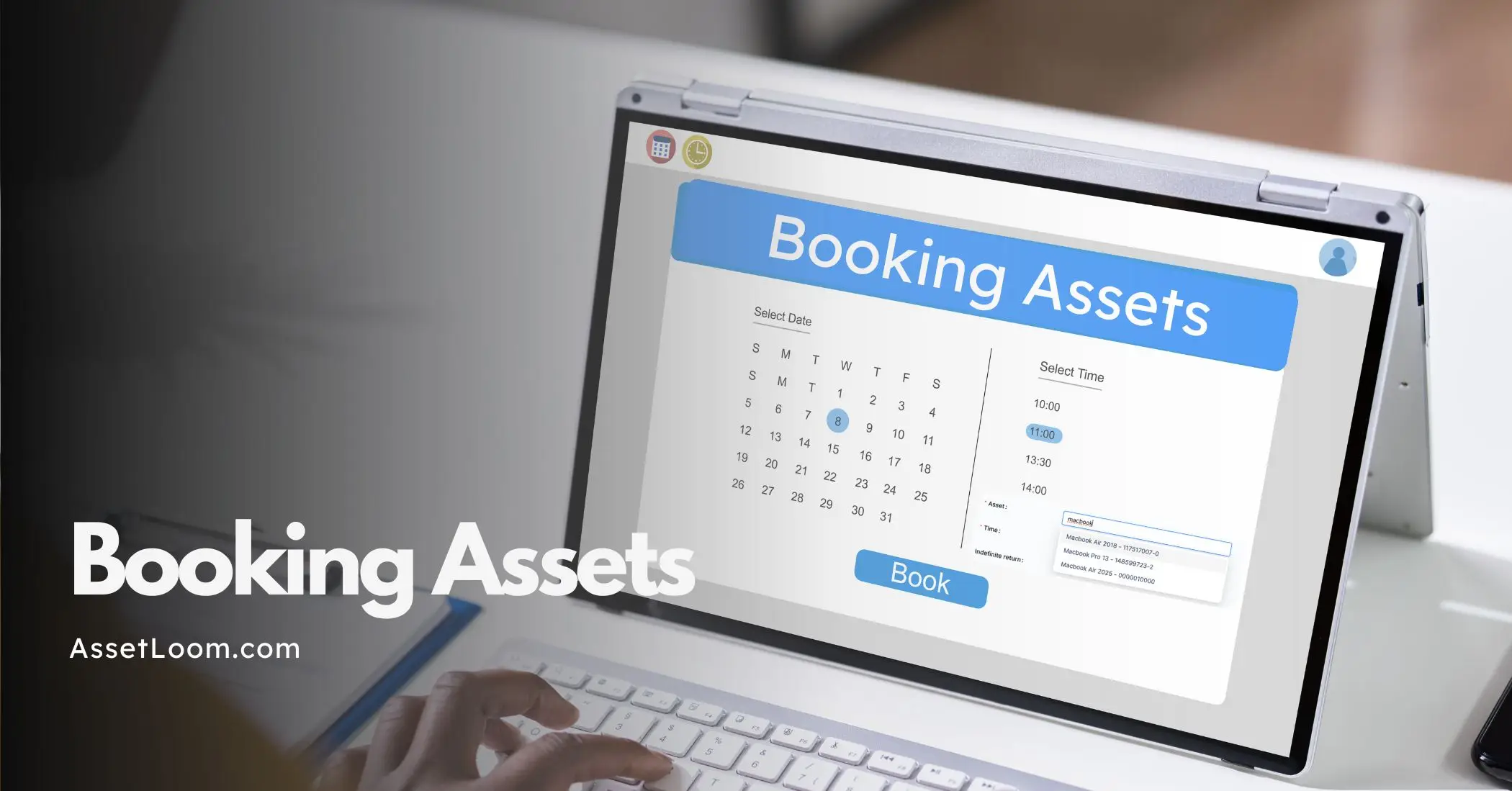
![Bring Your Own Device (BYOD) Policy Best Practices [FREE TEMPLATE]](https://assetloom.com/marketing/blog/bring-your-own-device-policy-best-practices.webp)




